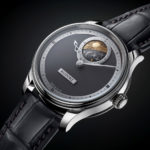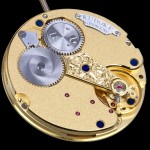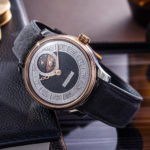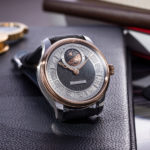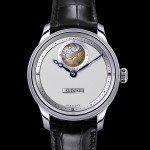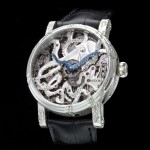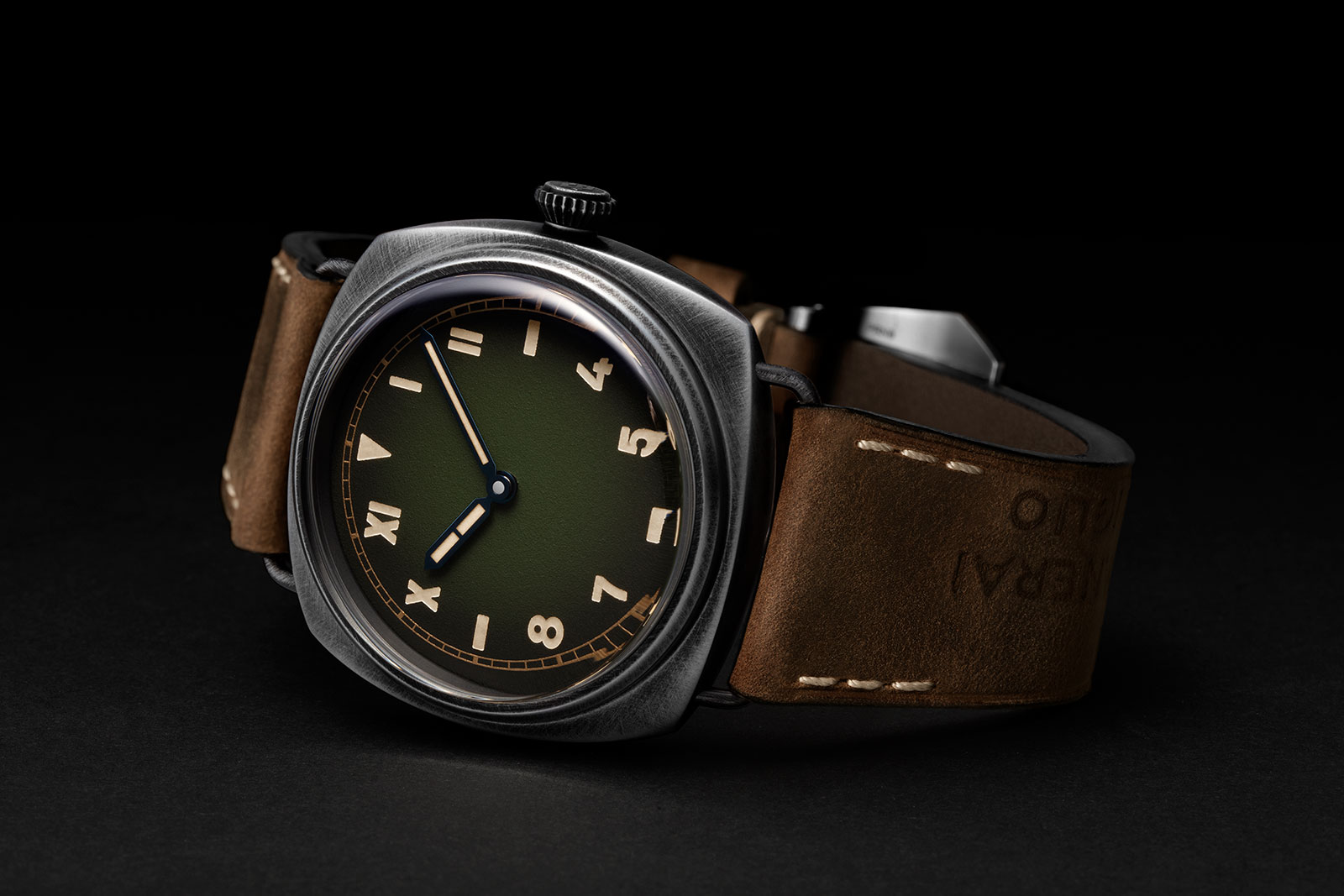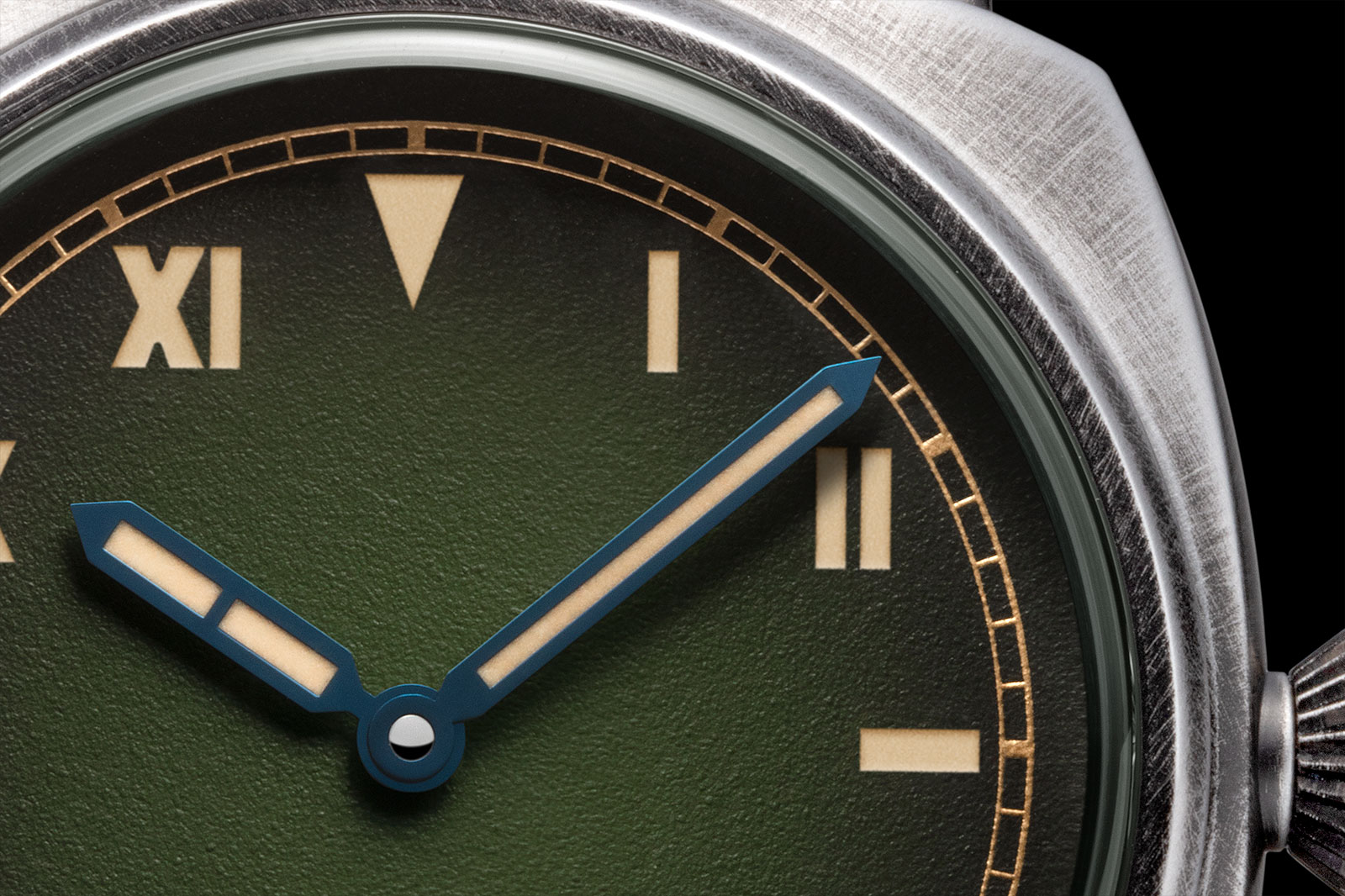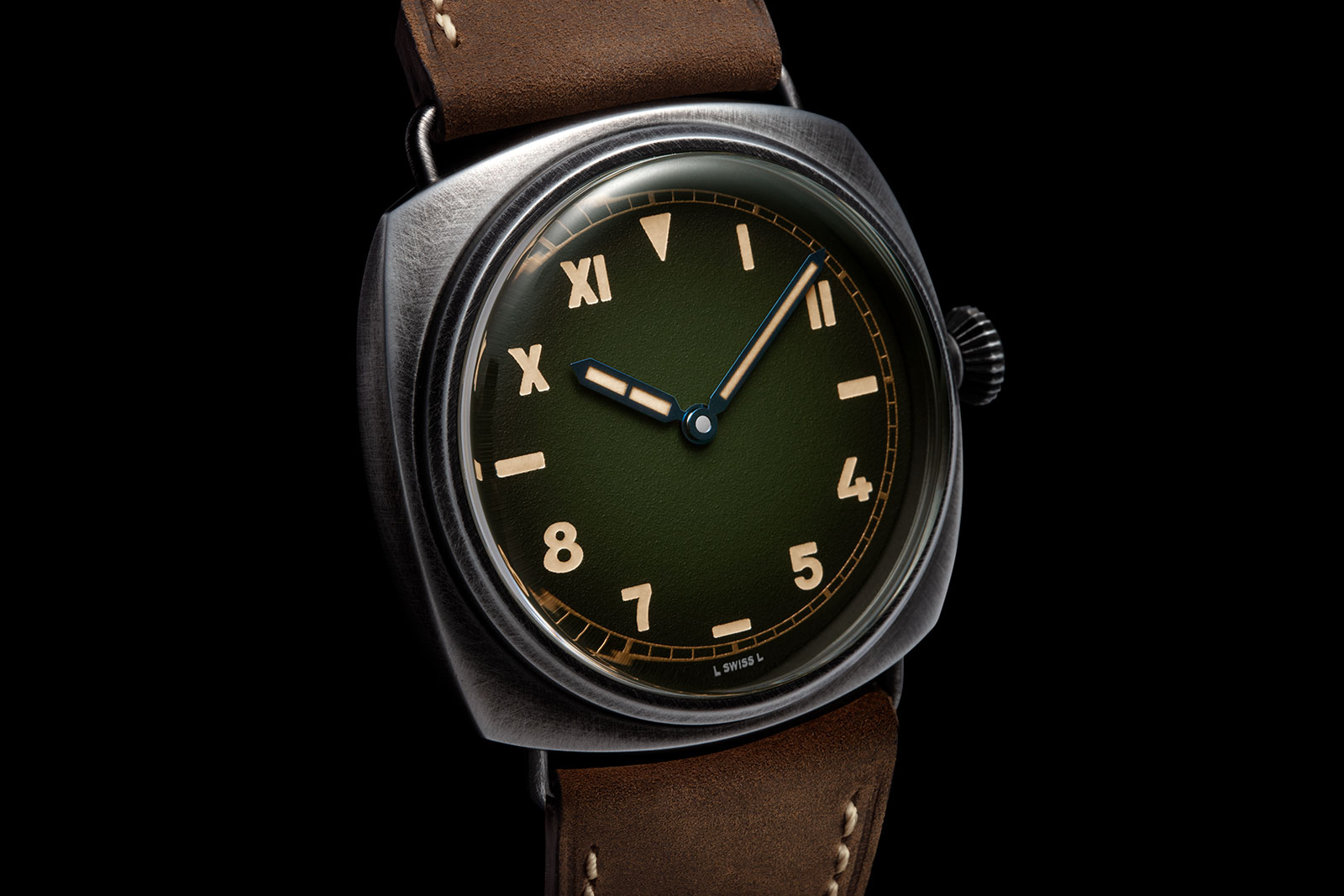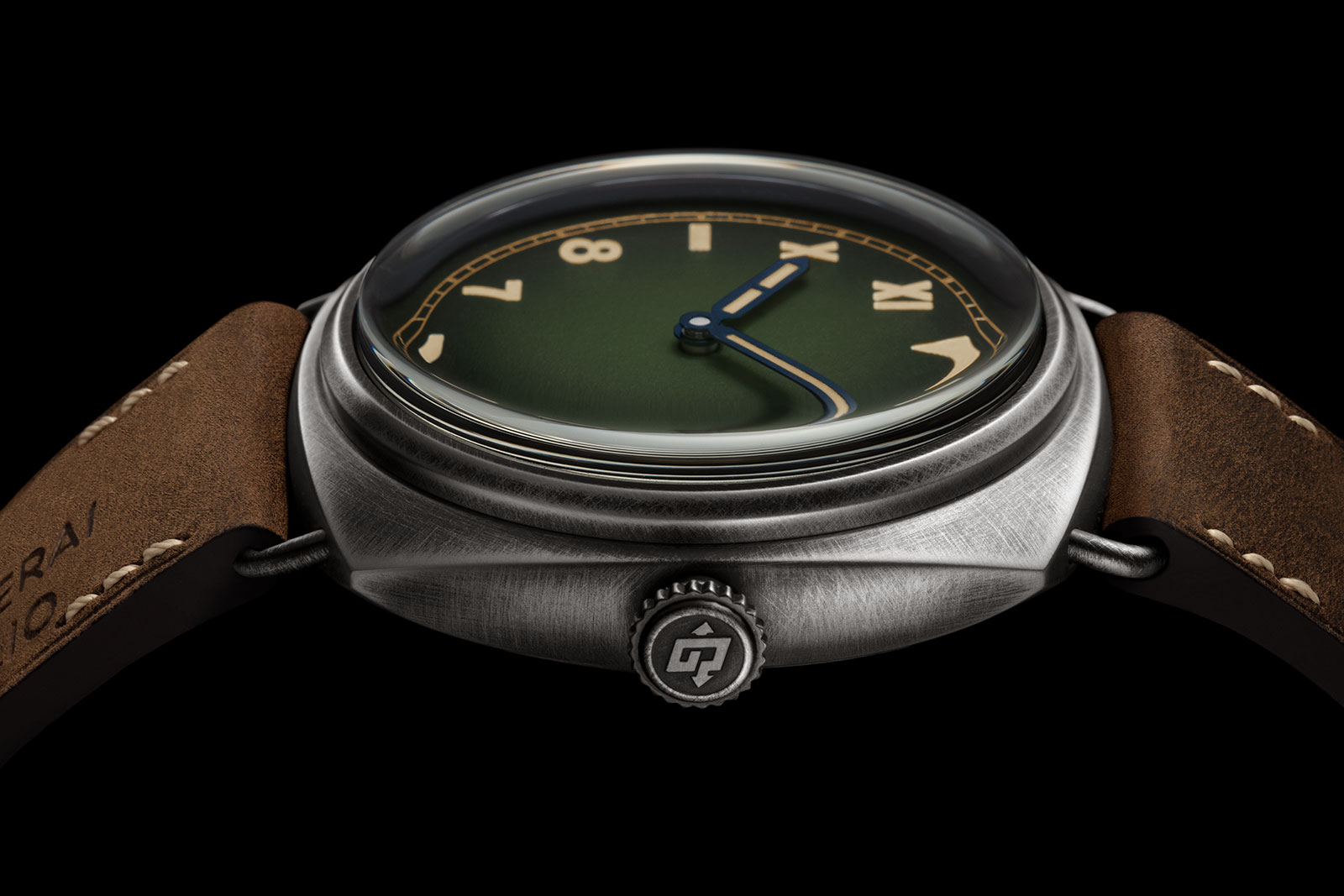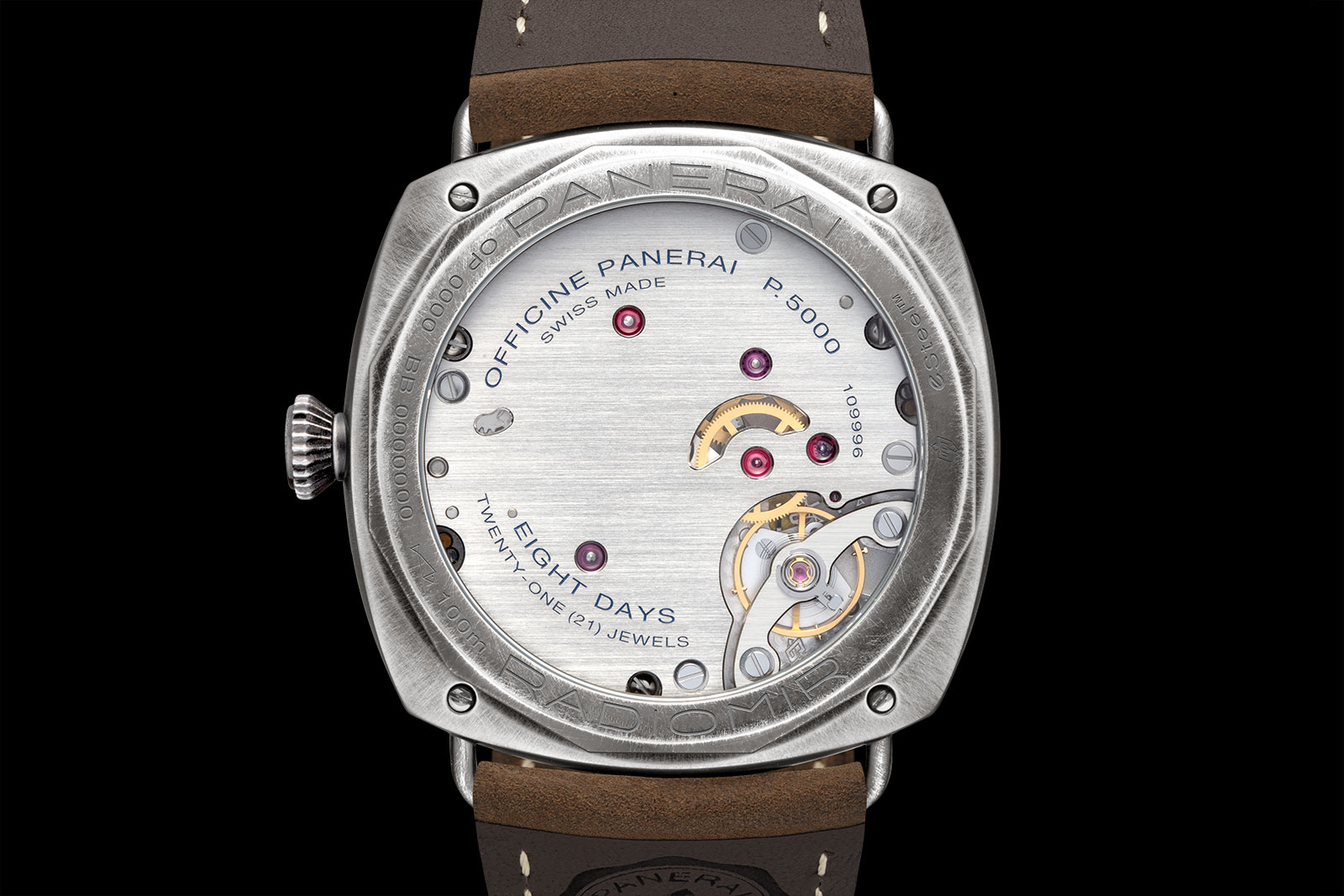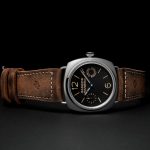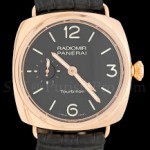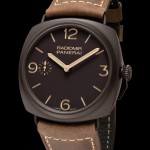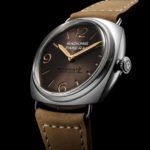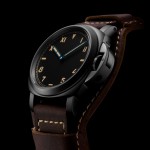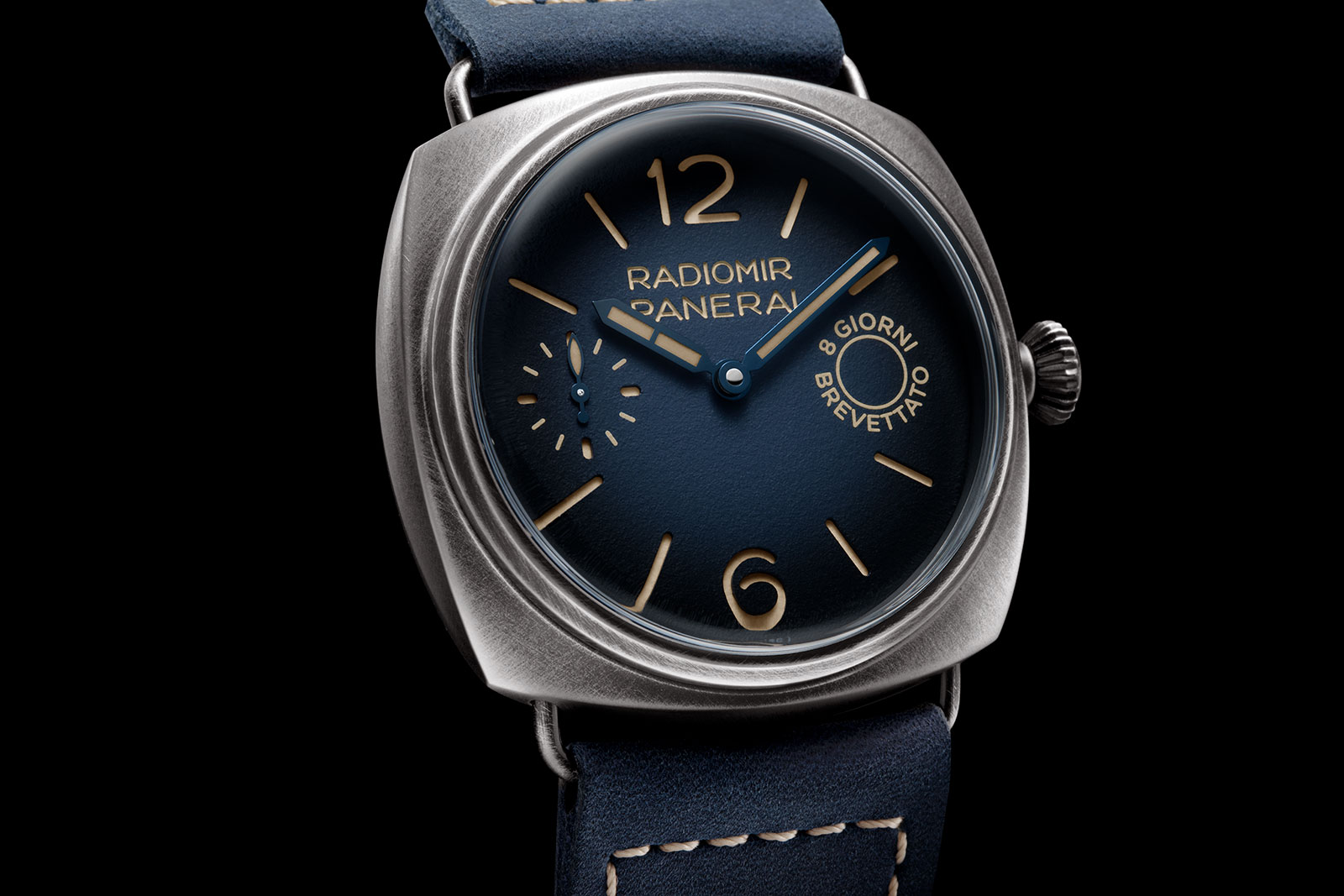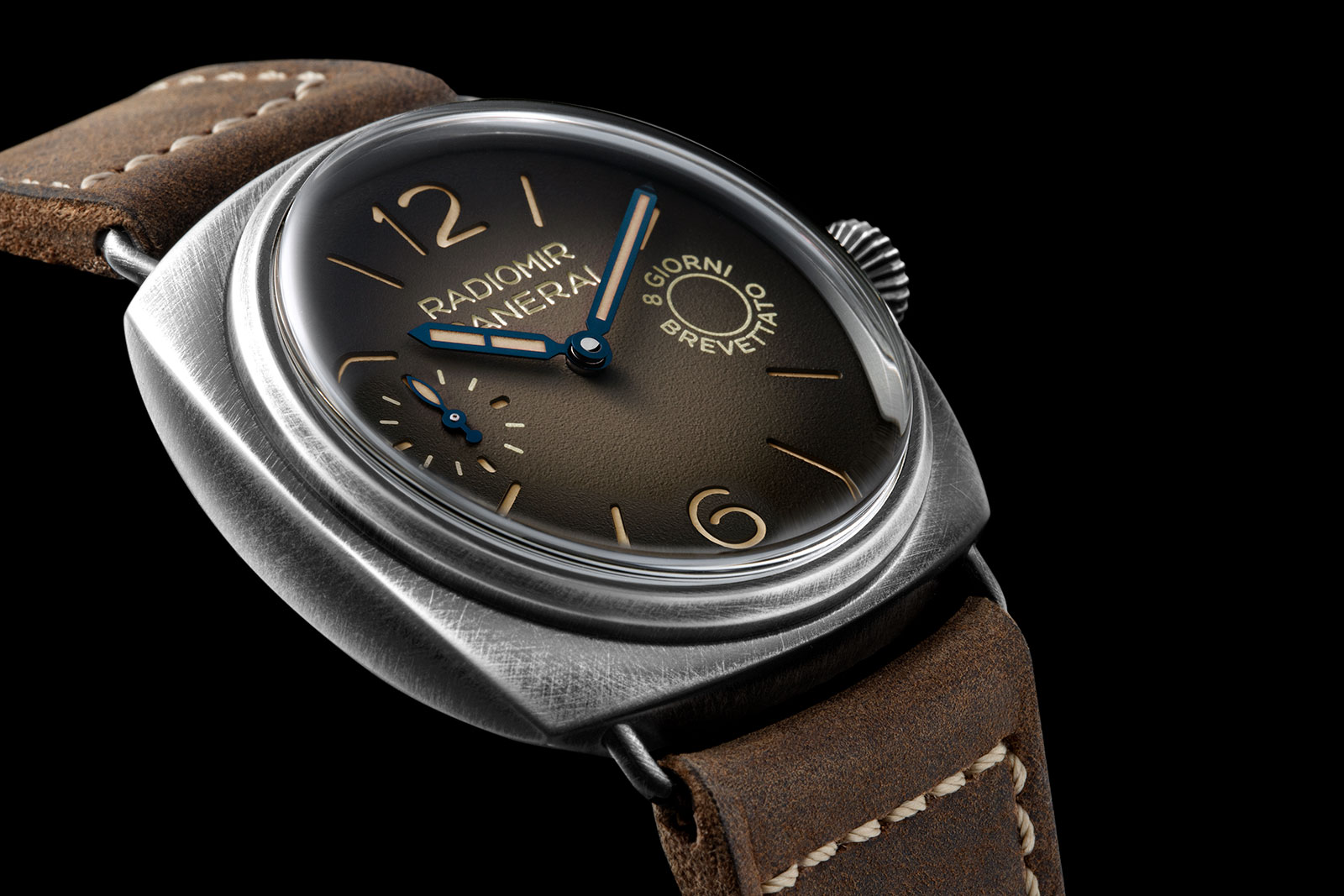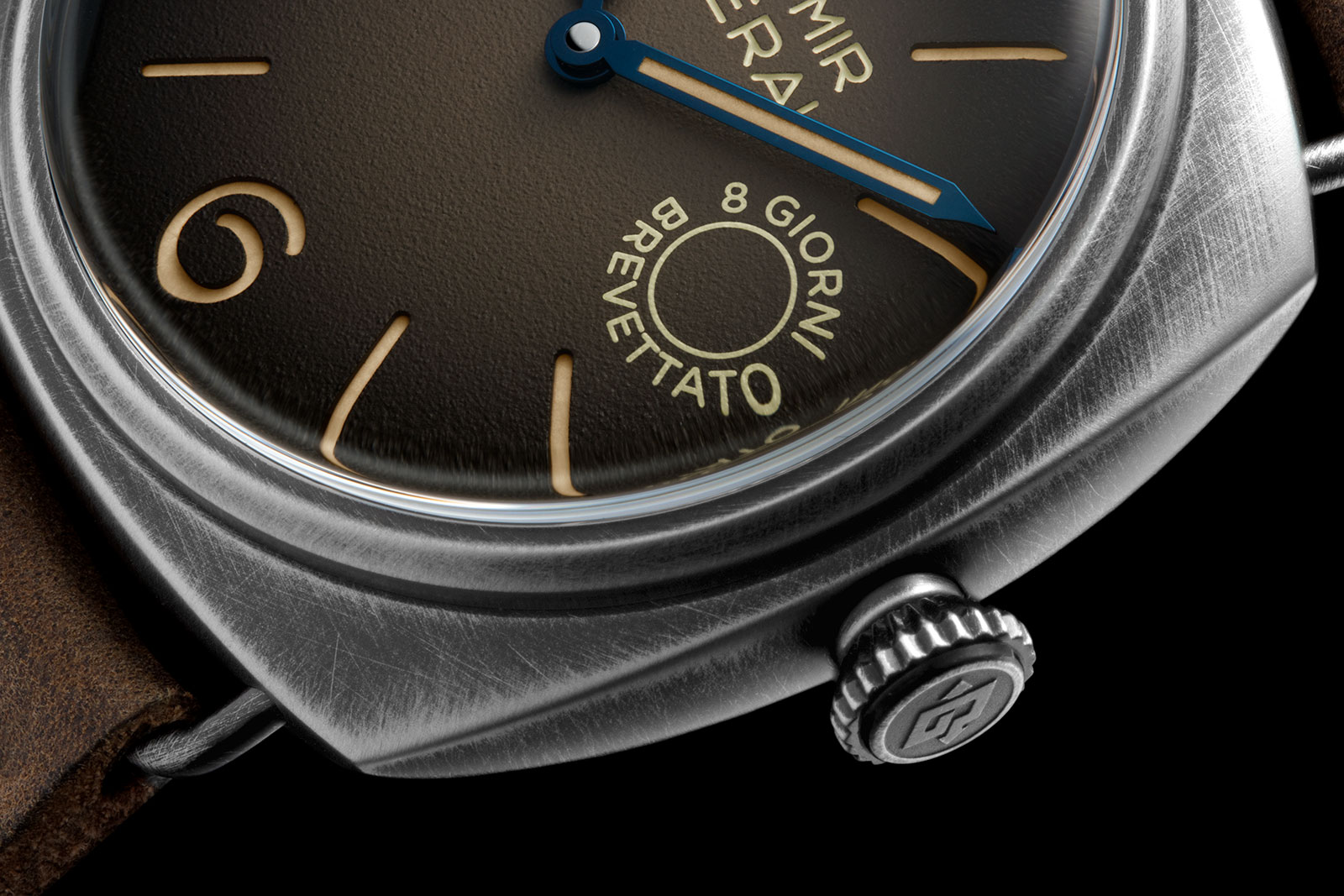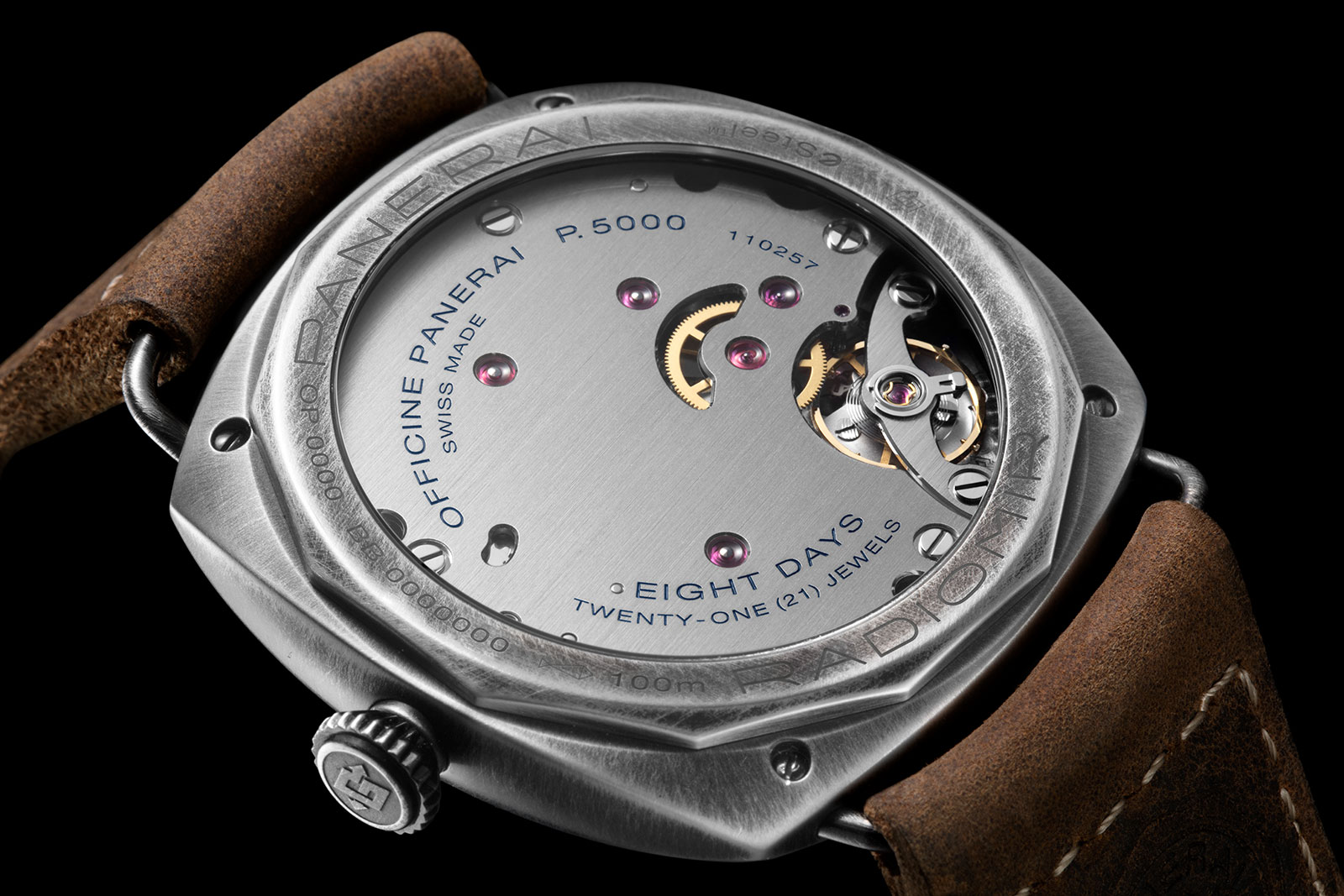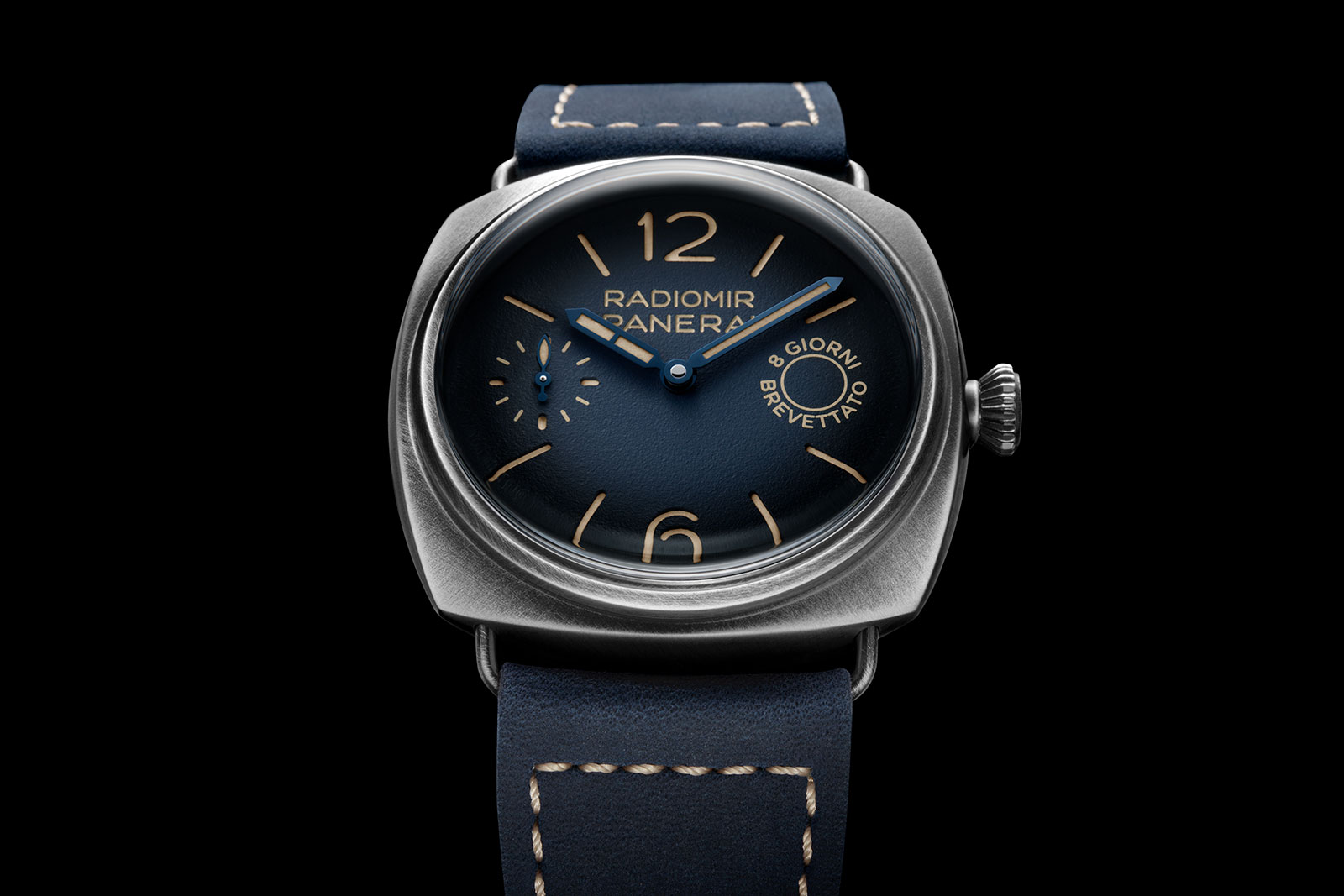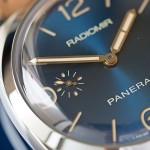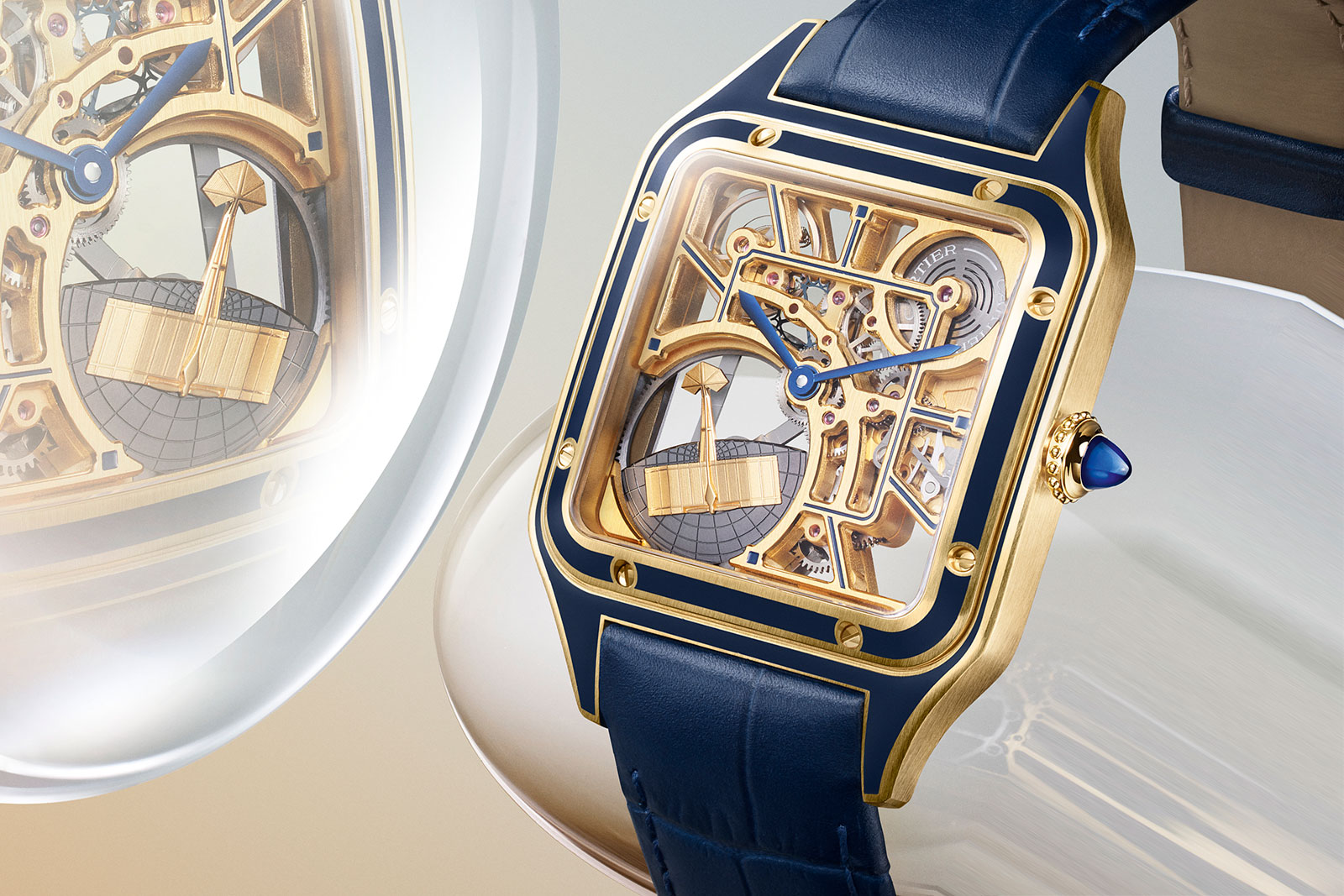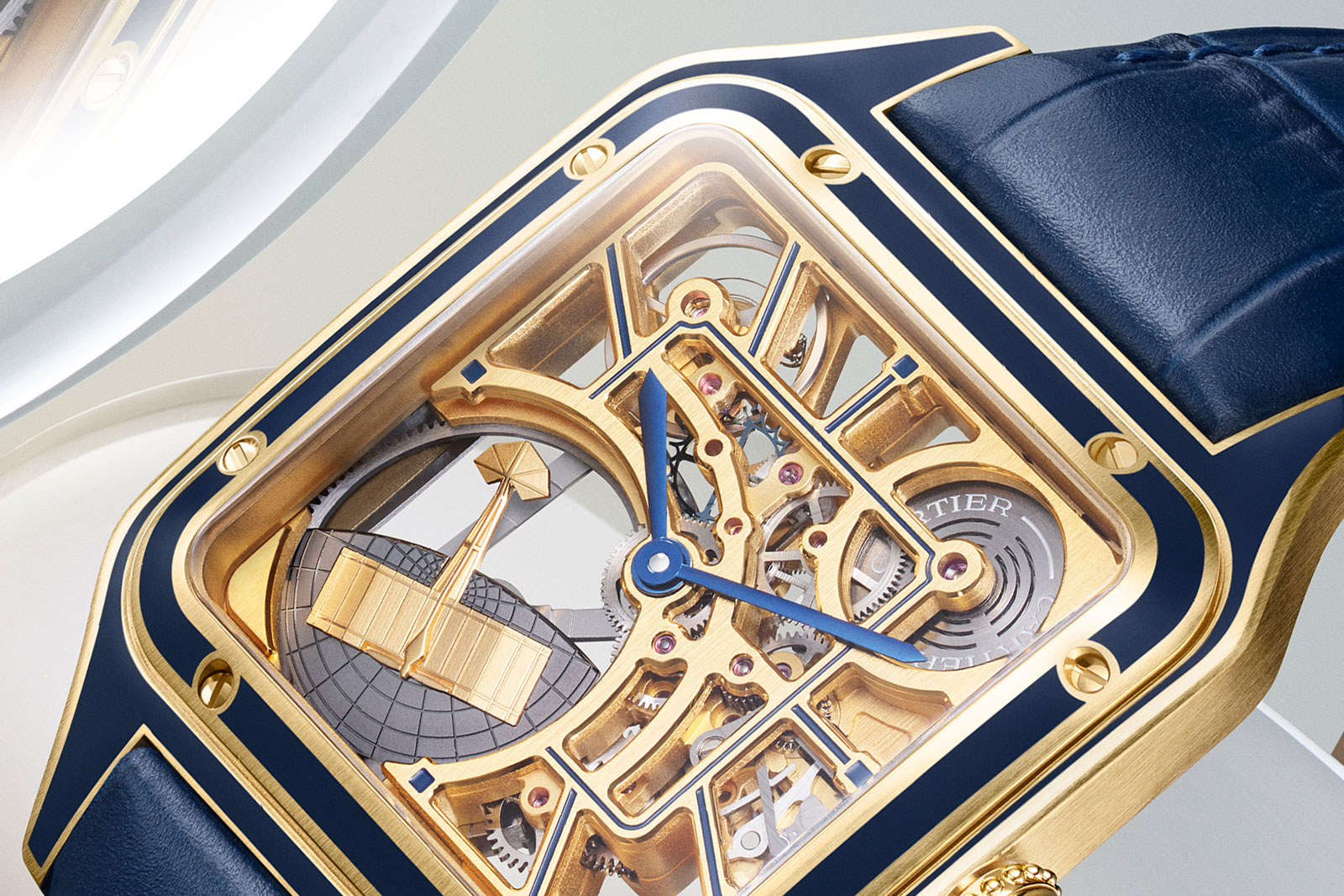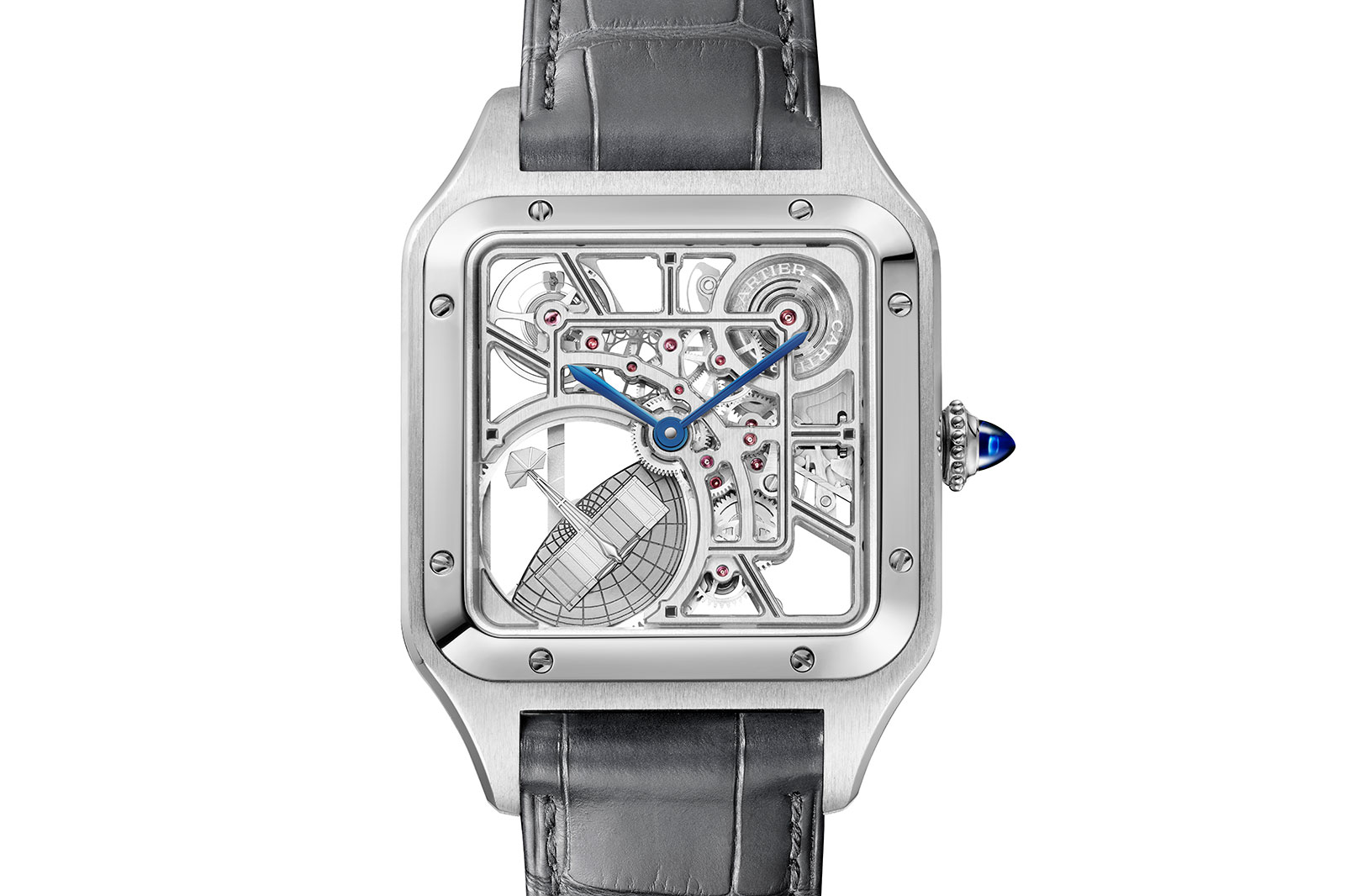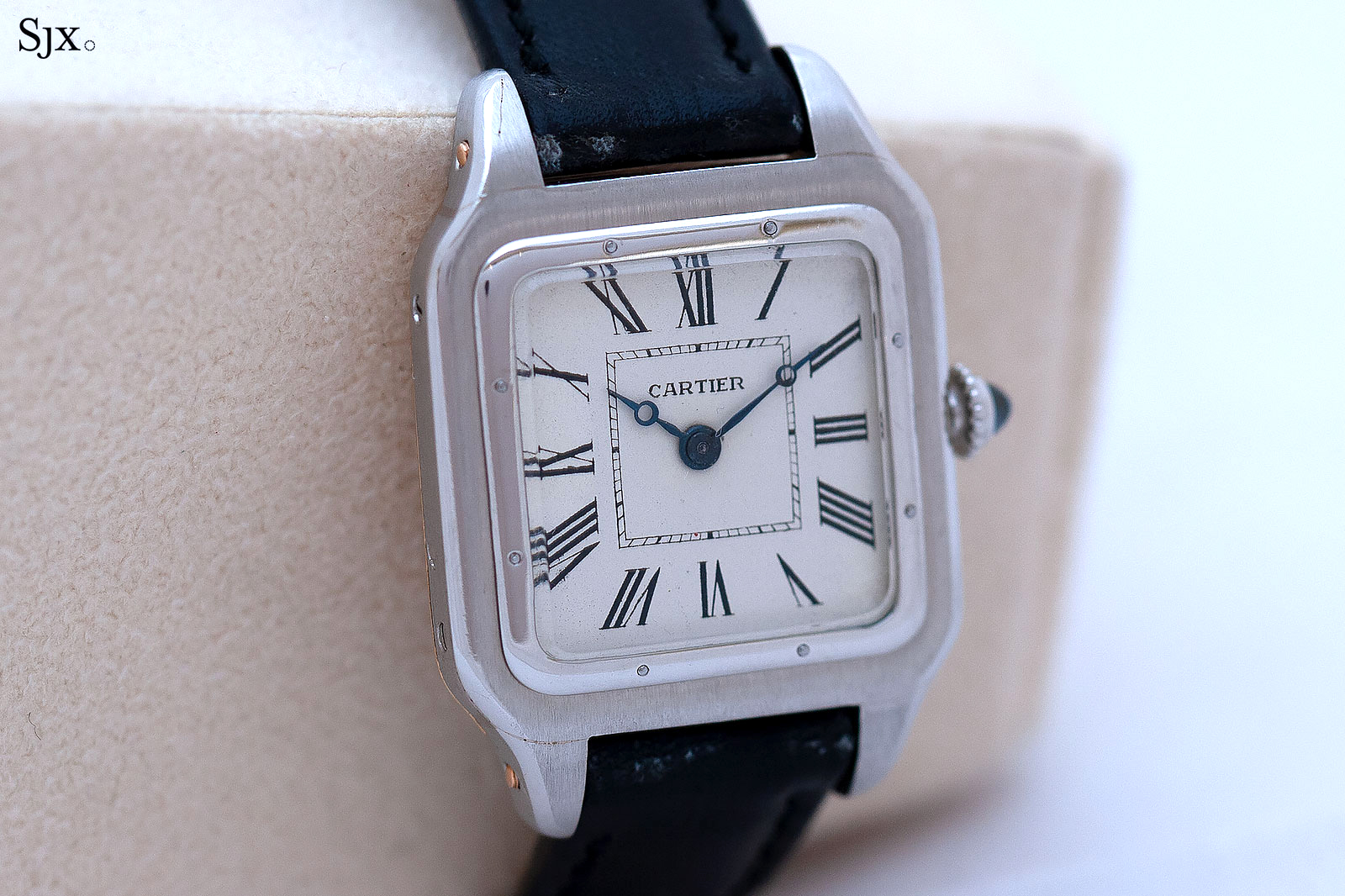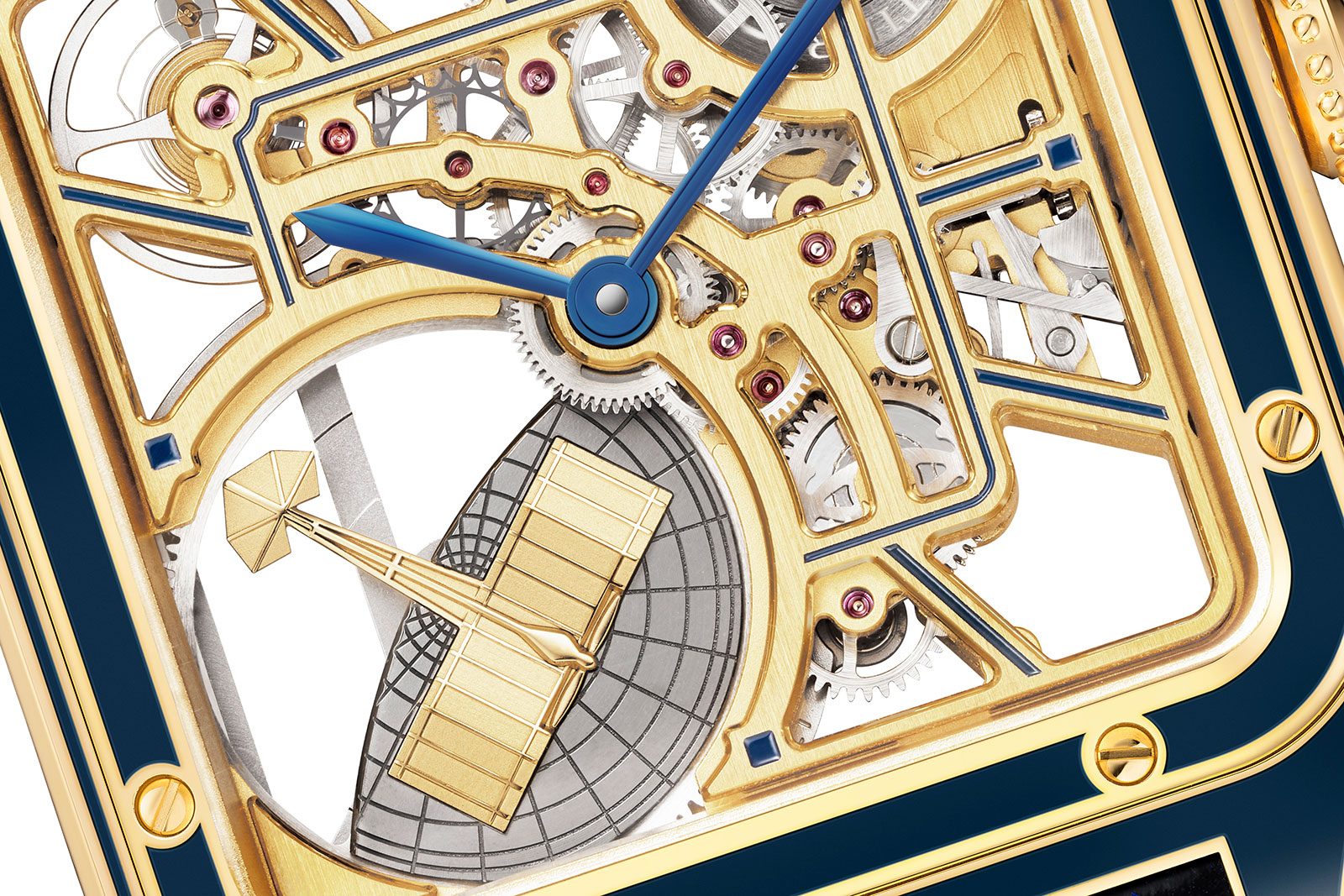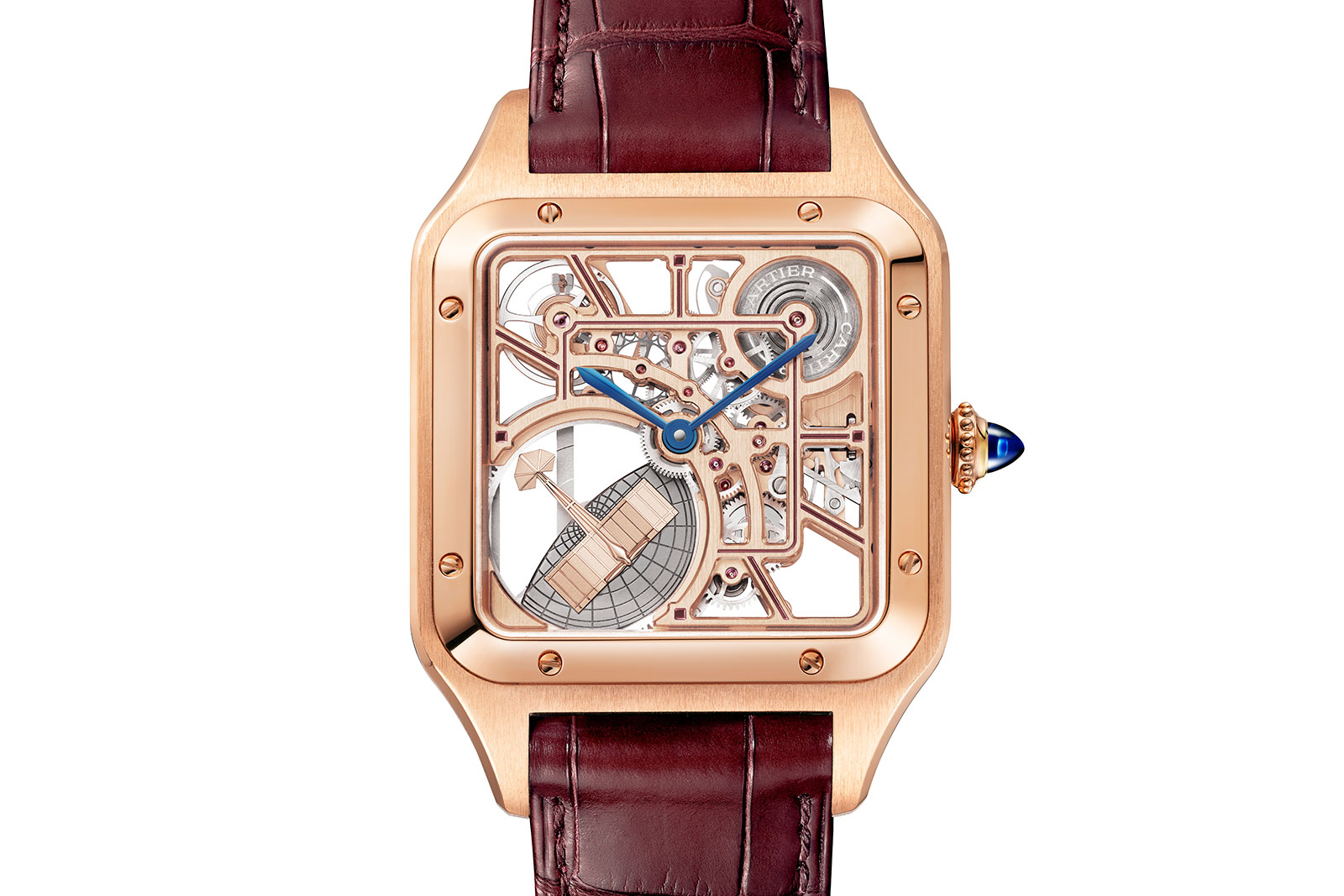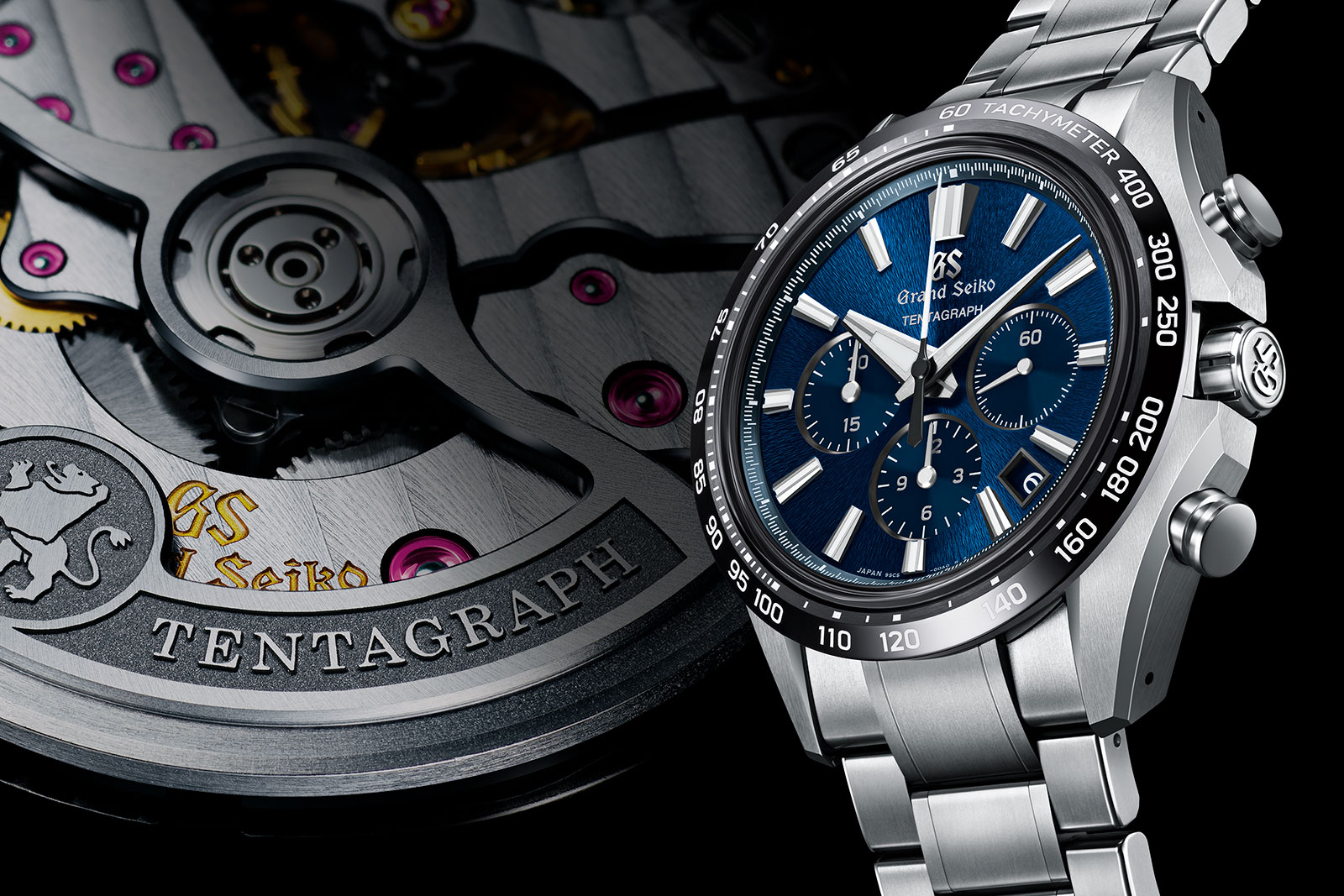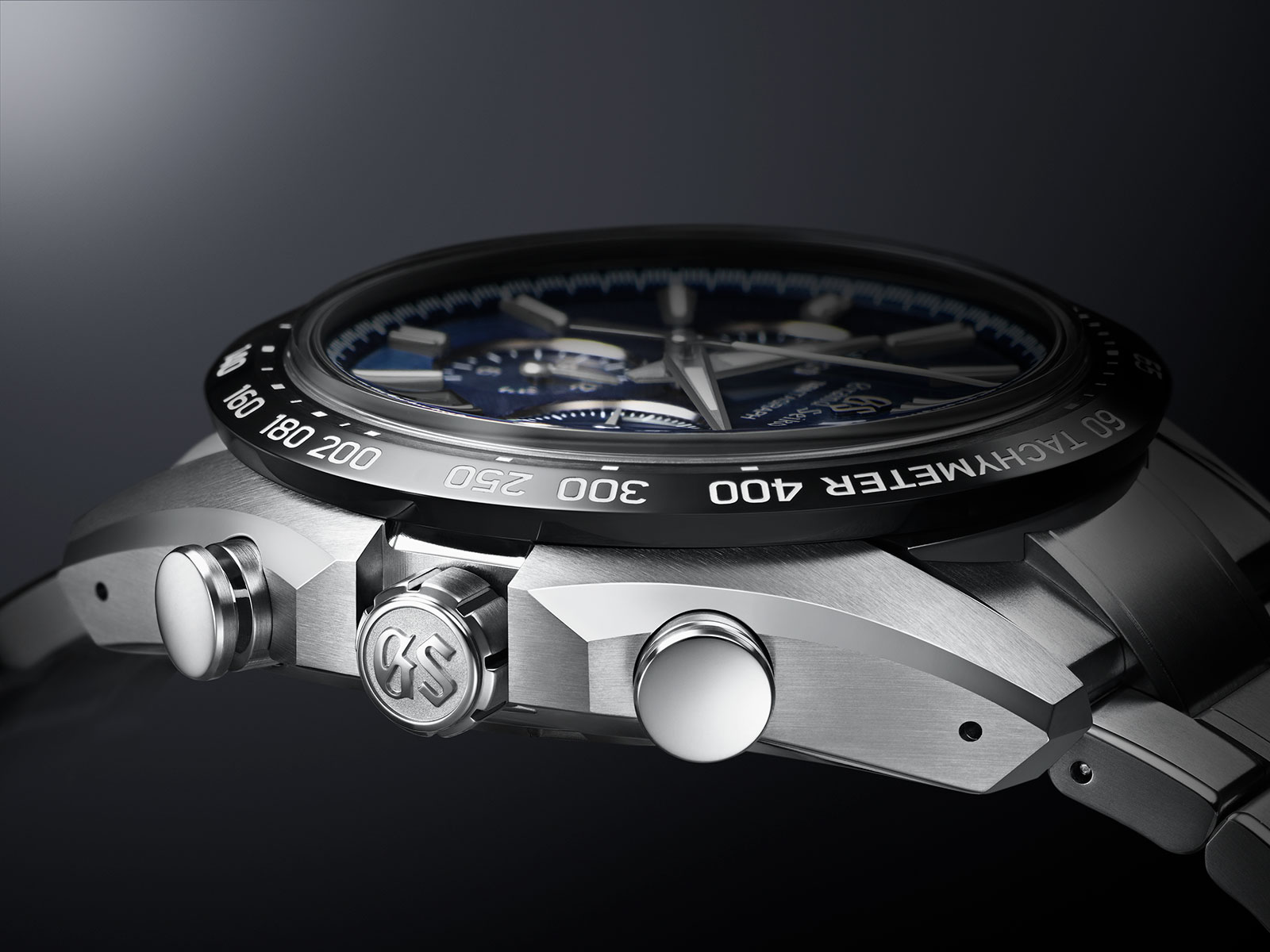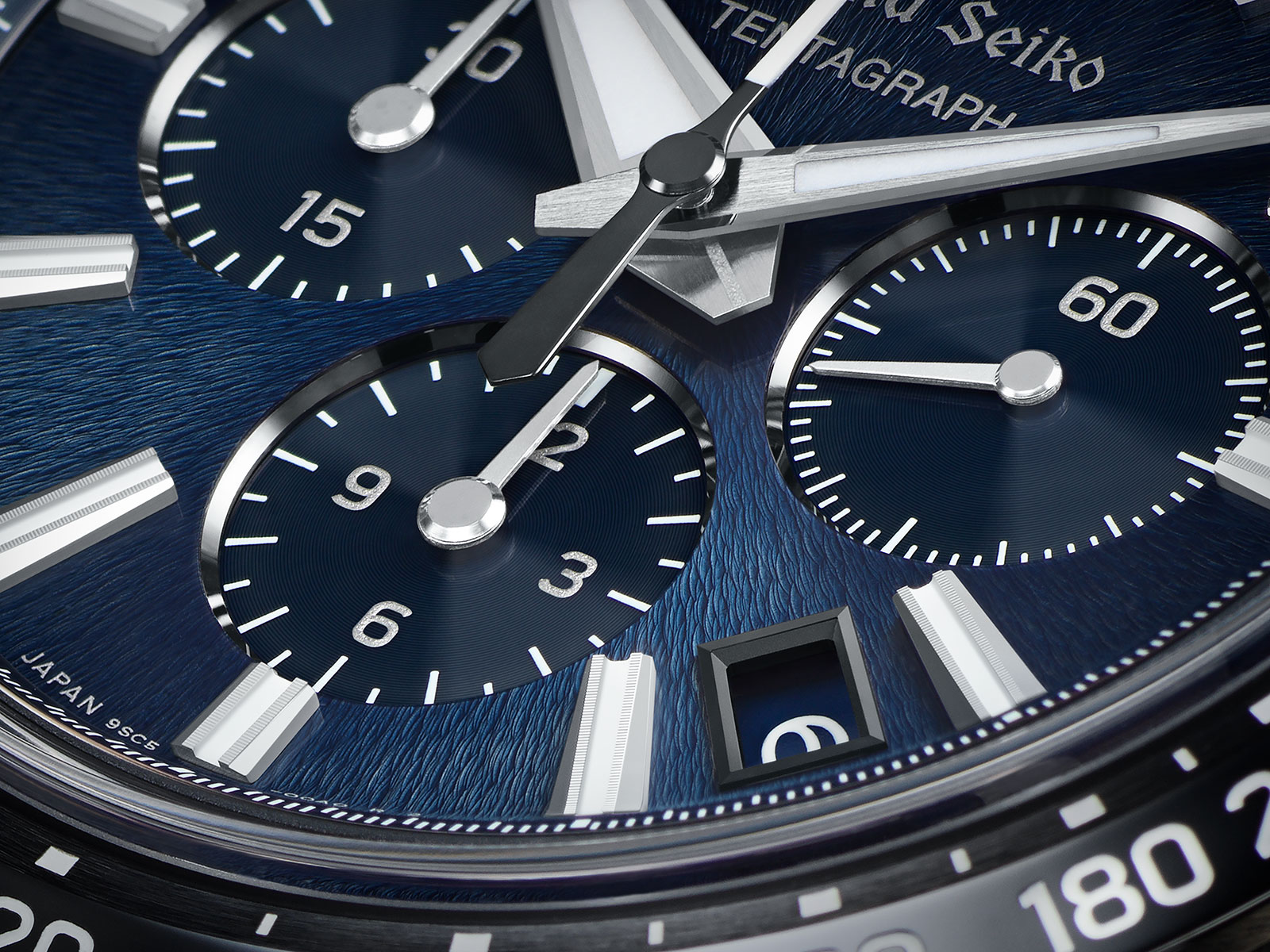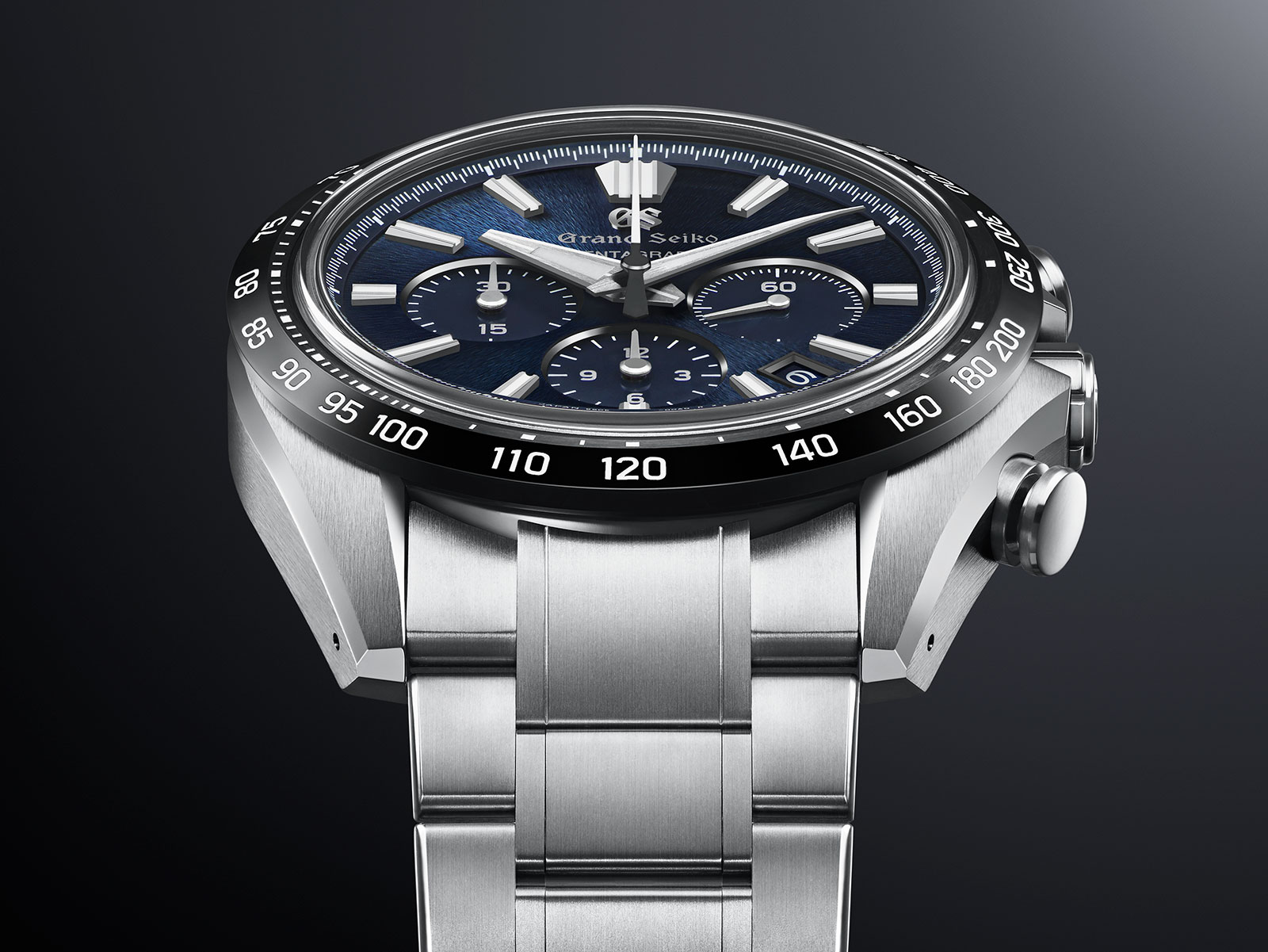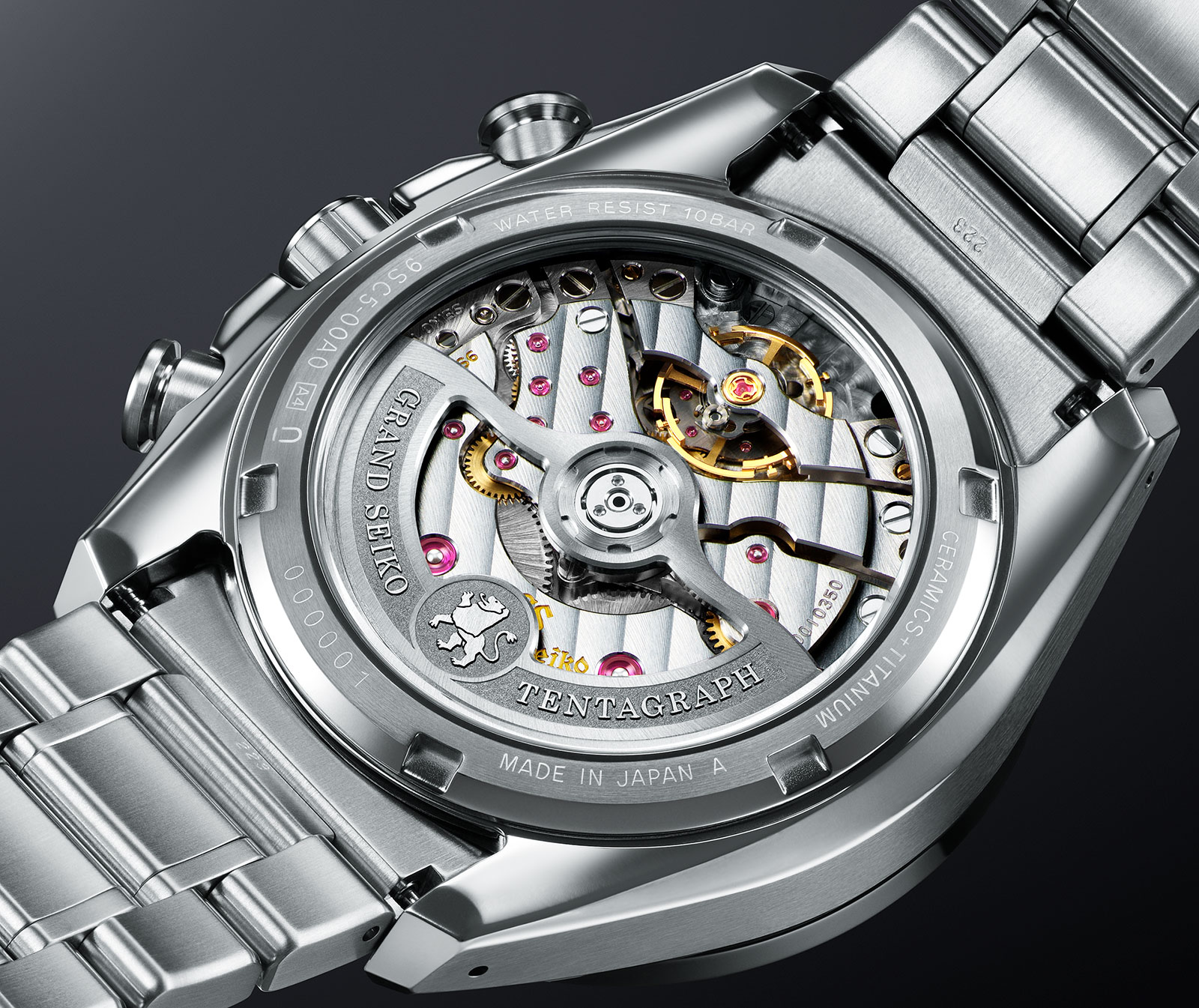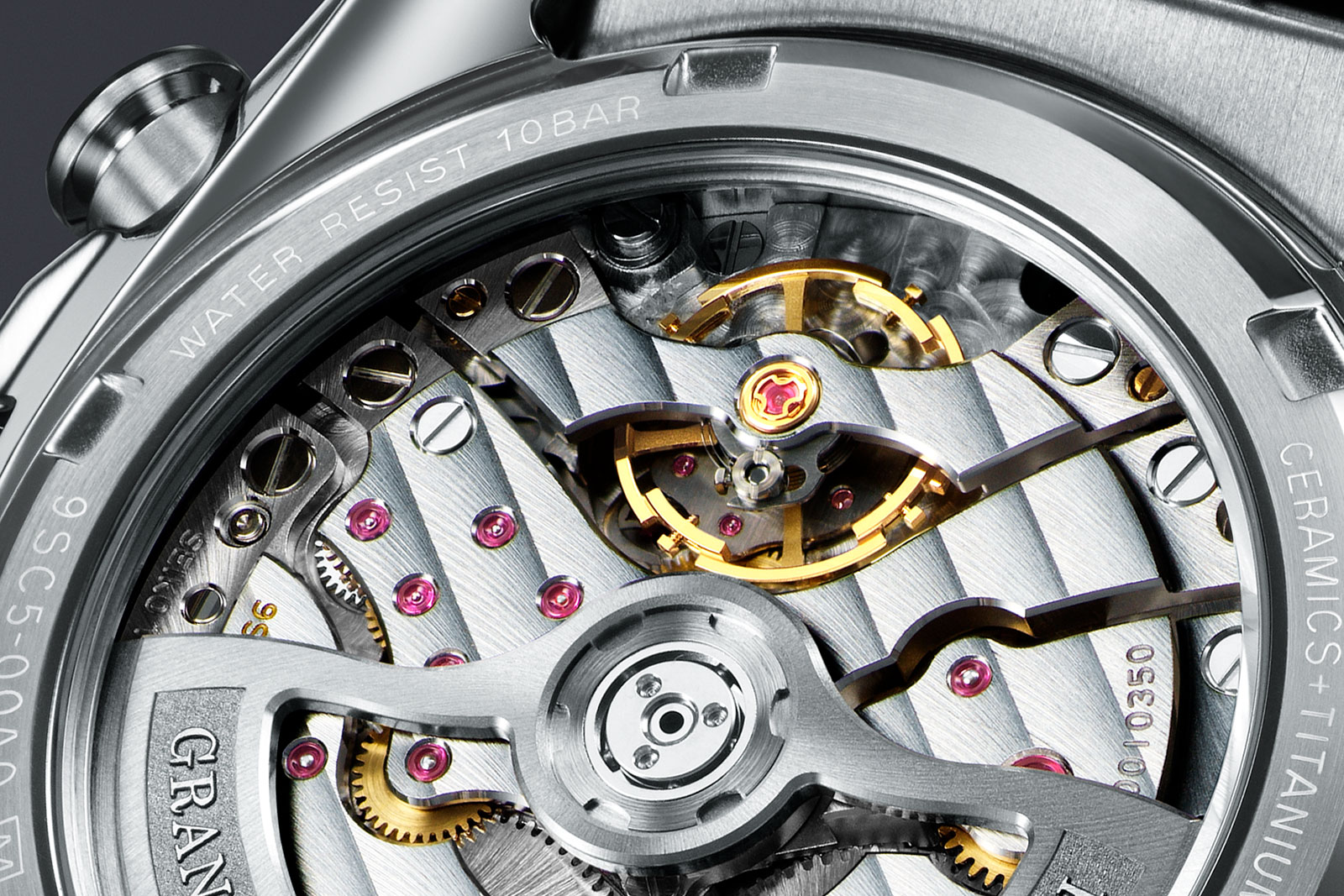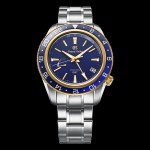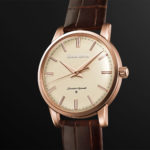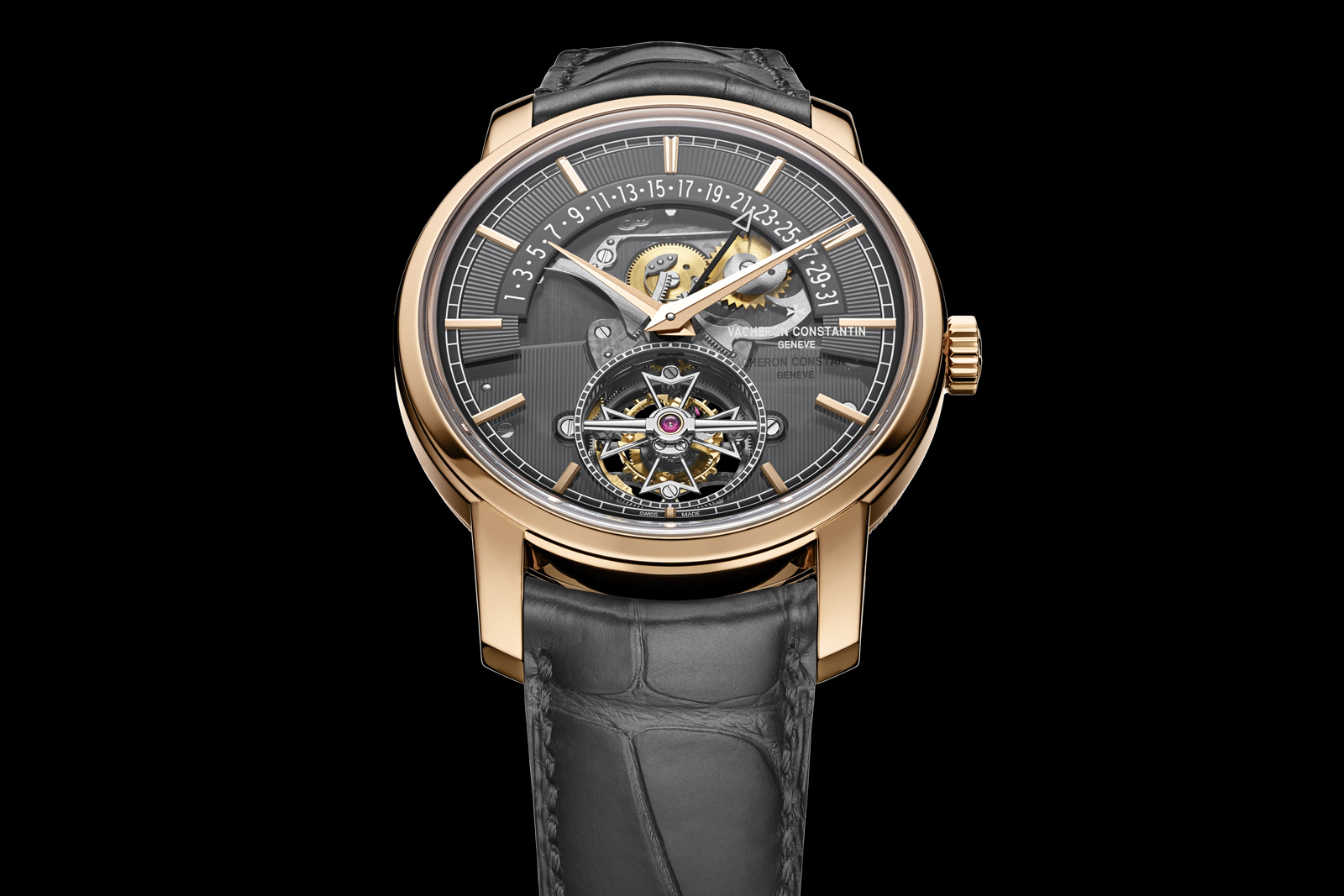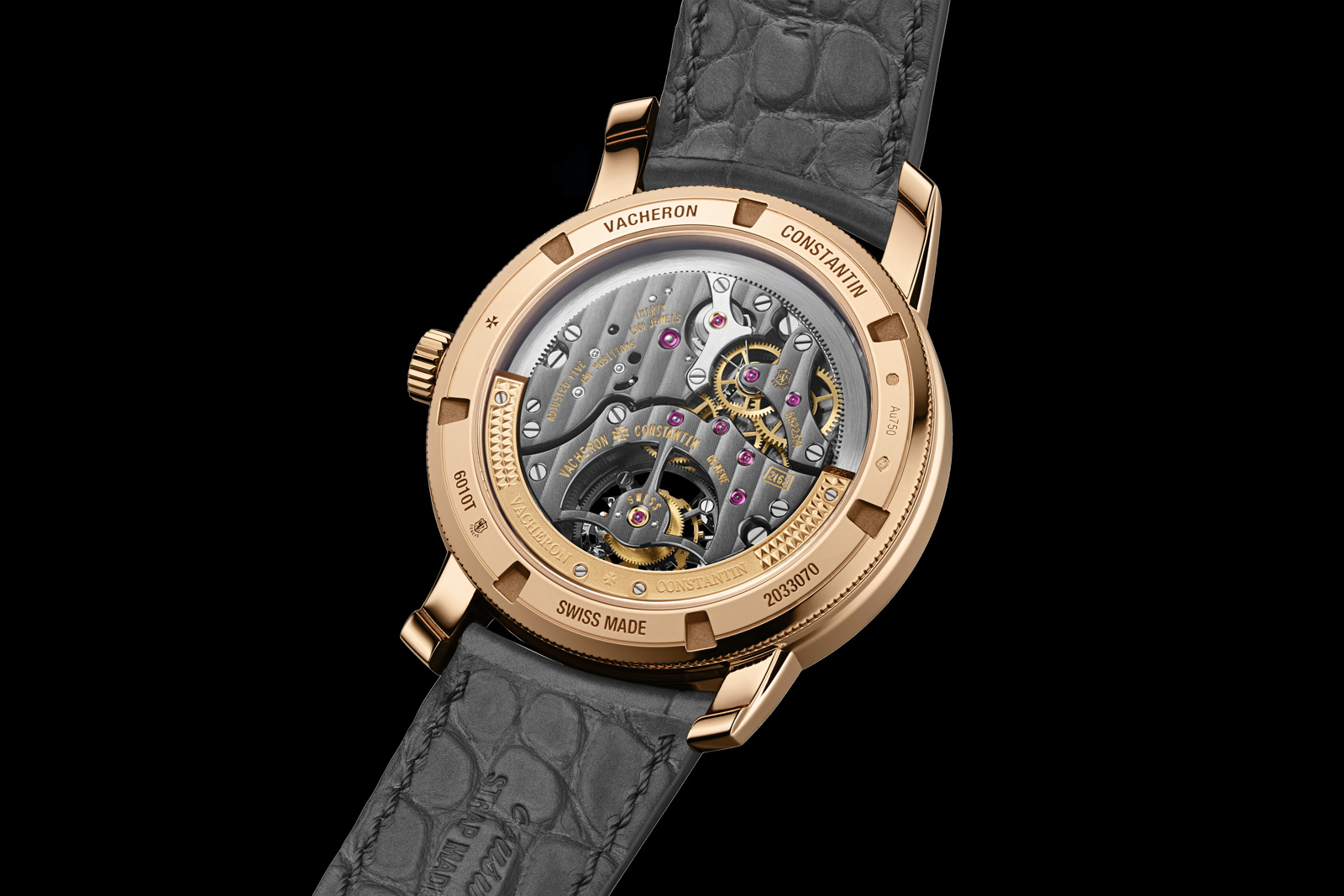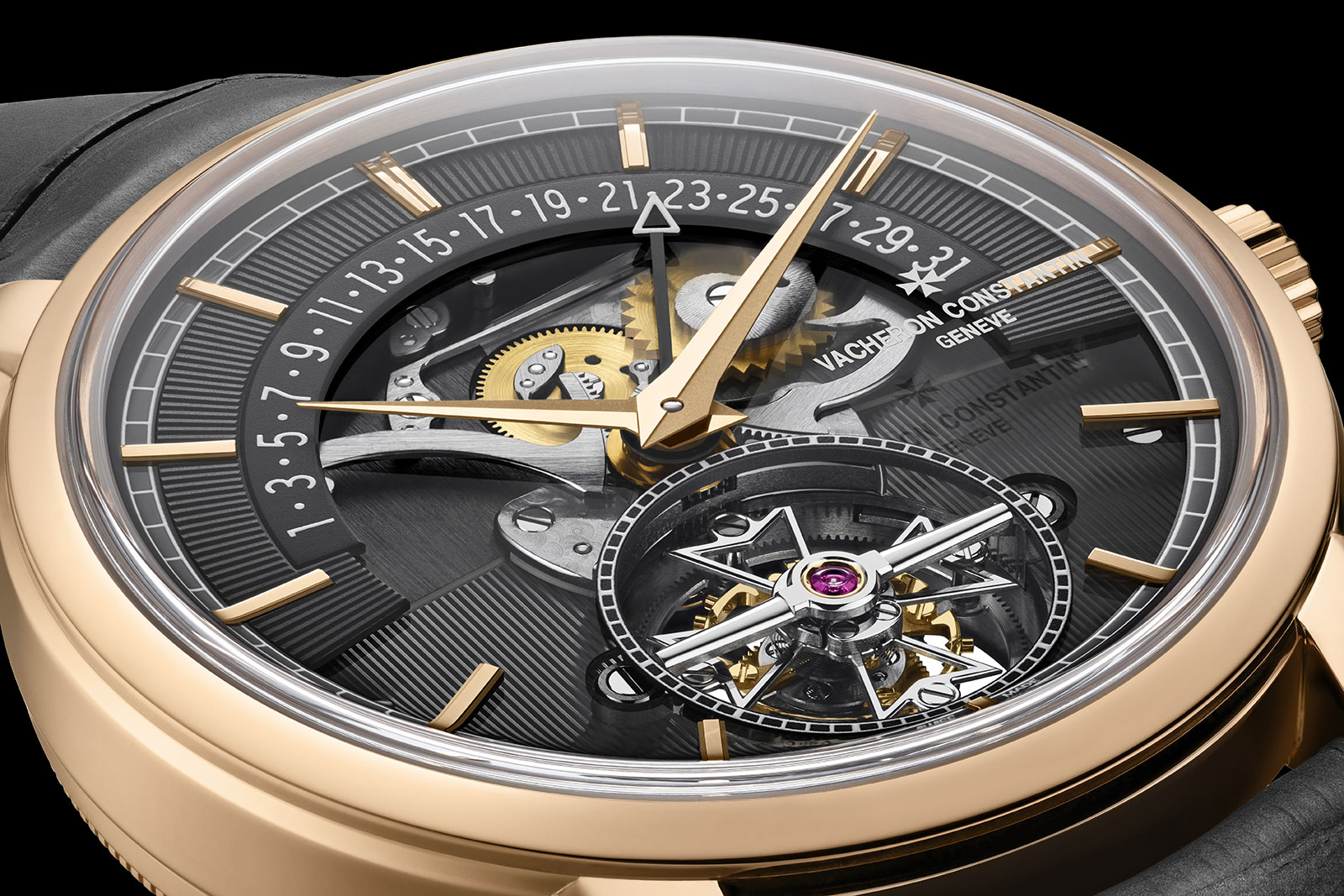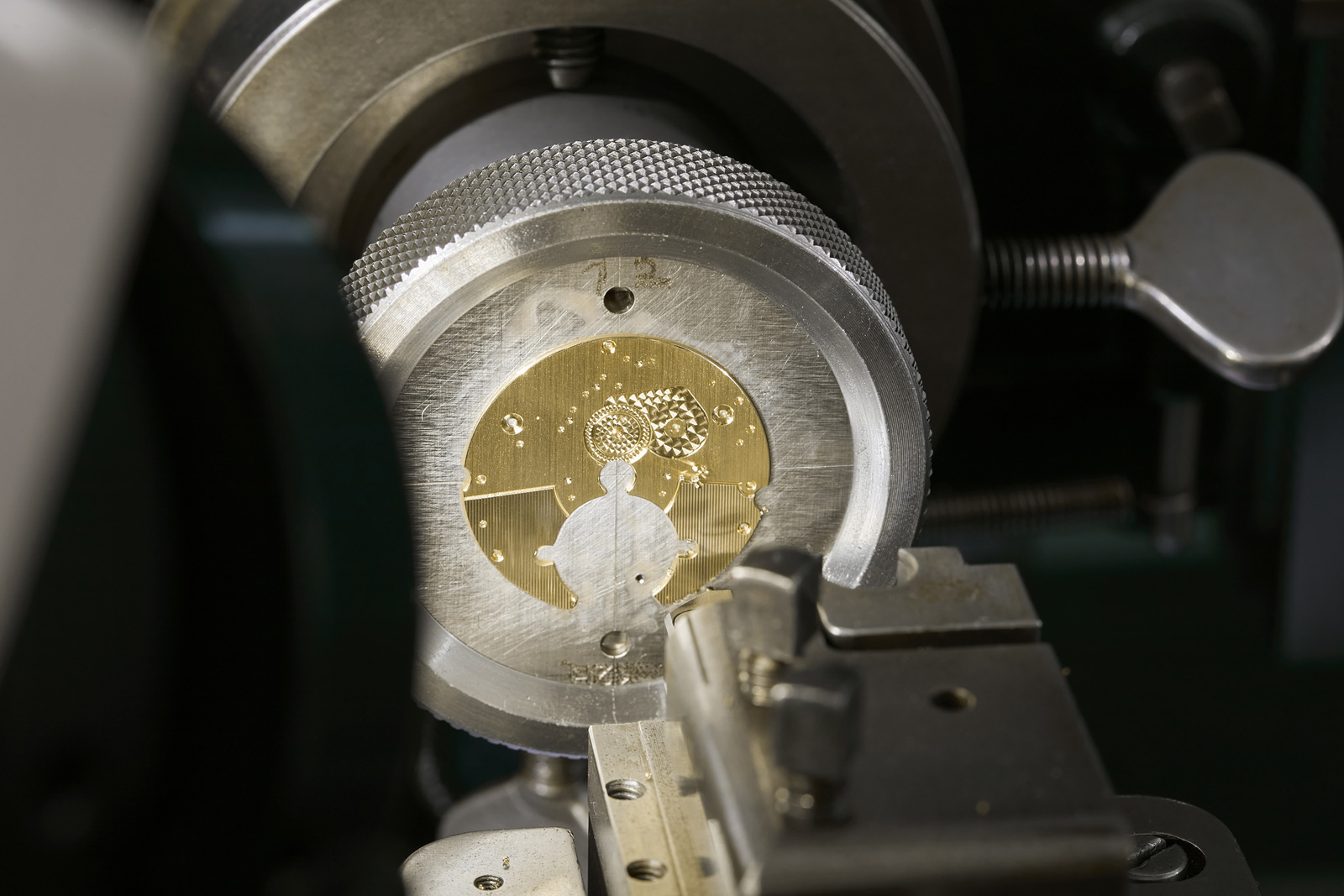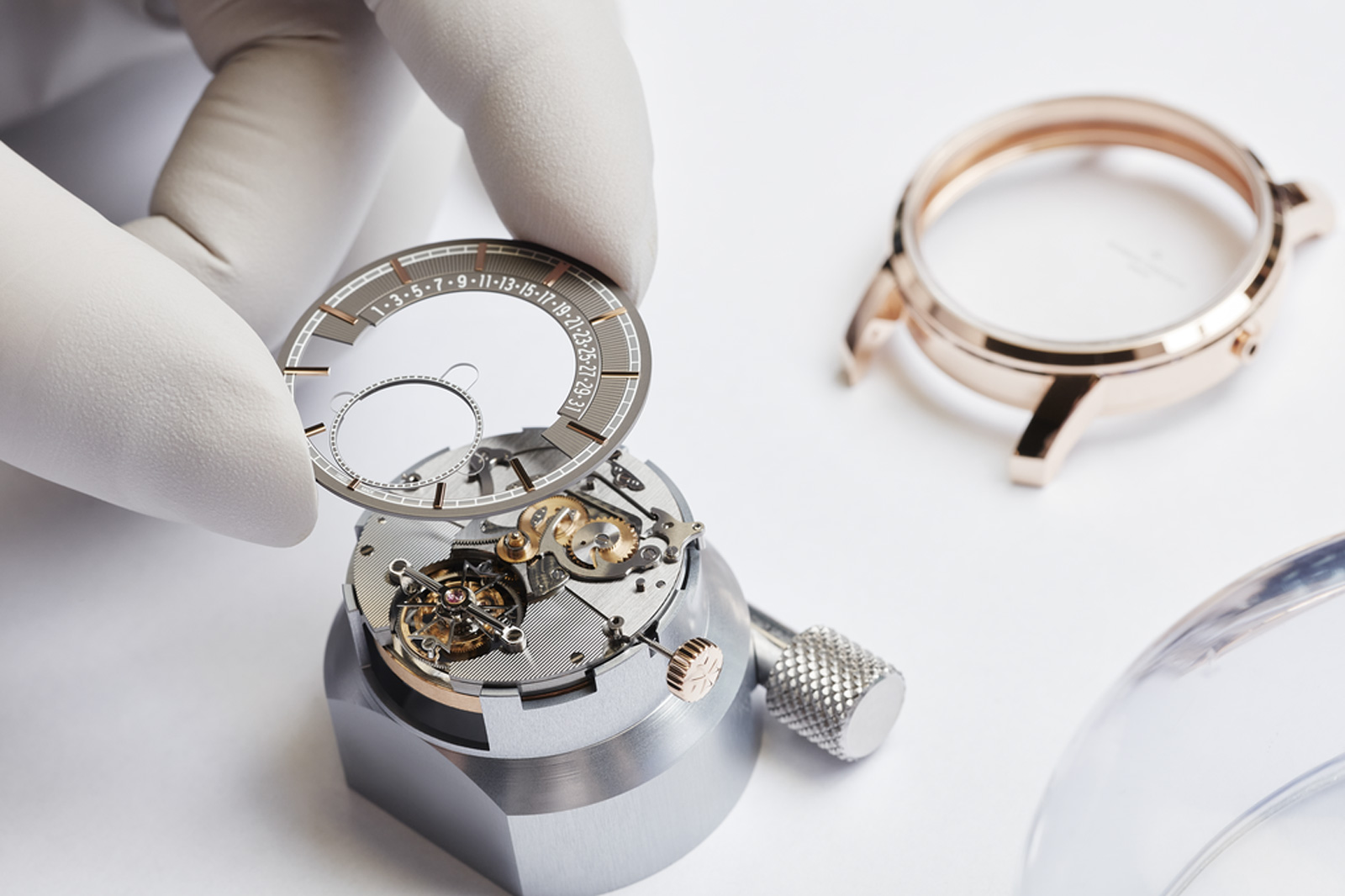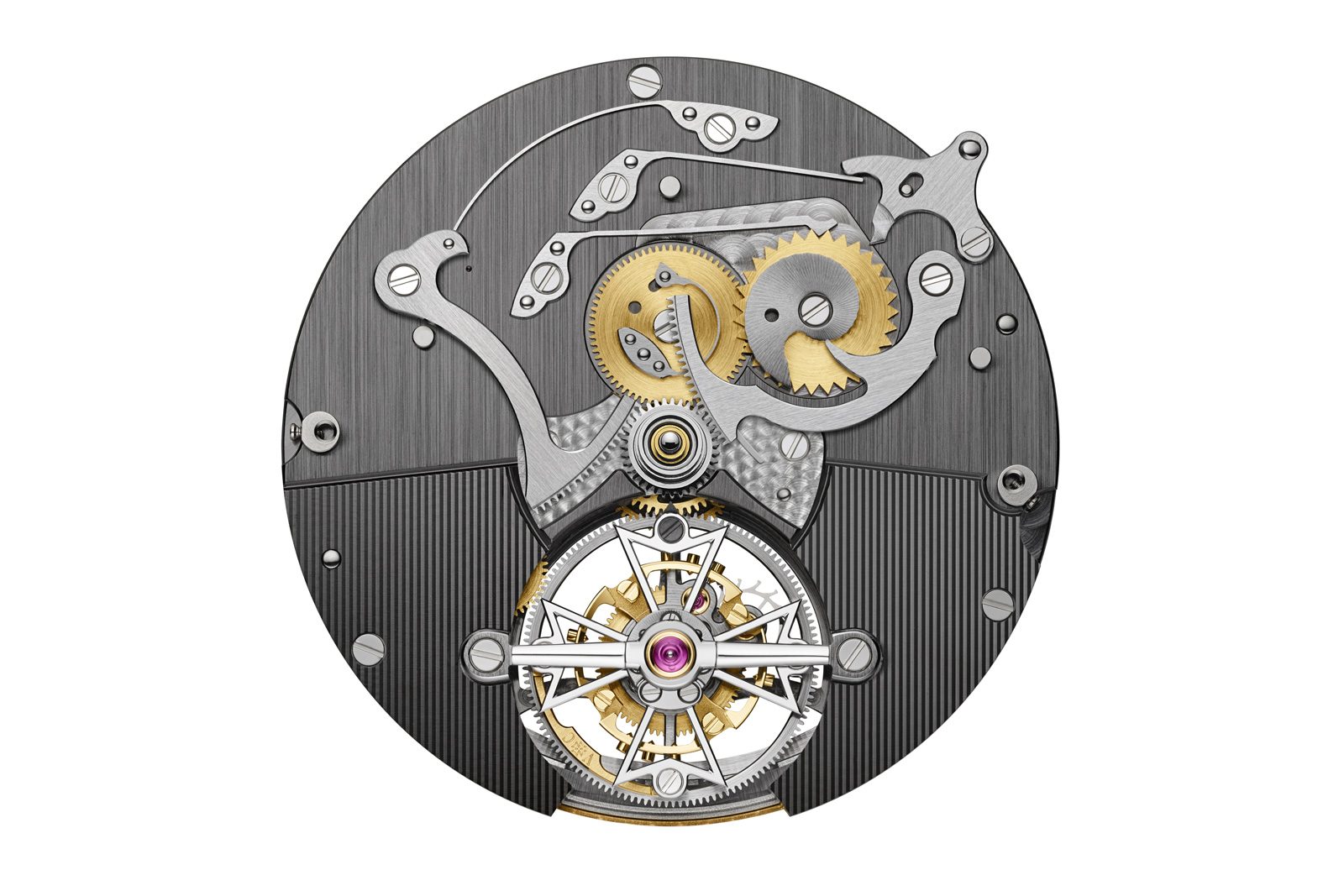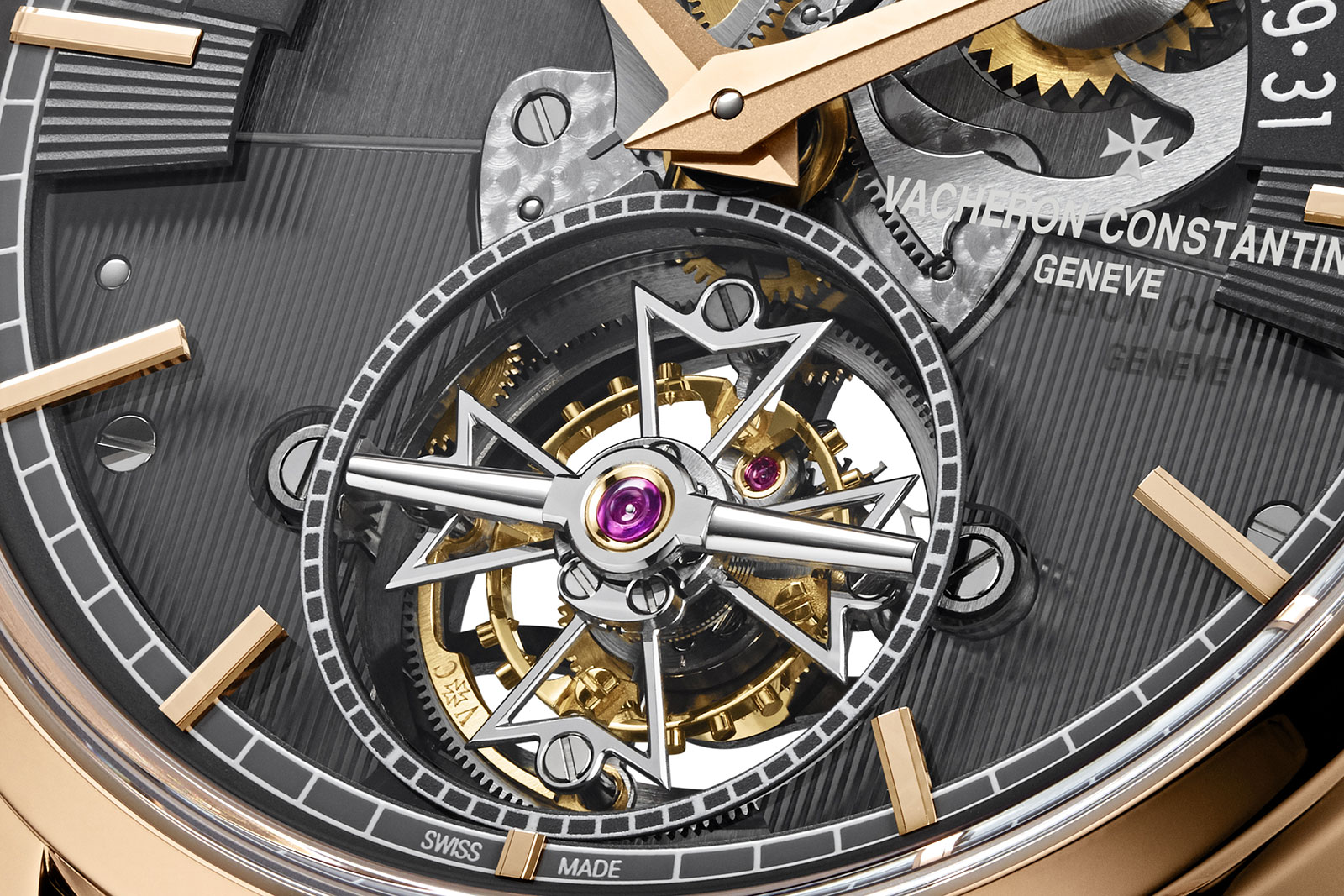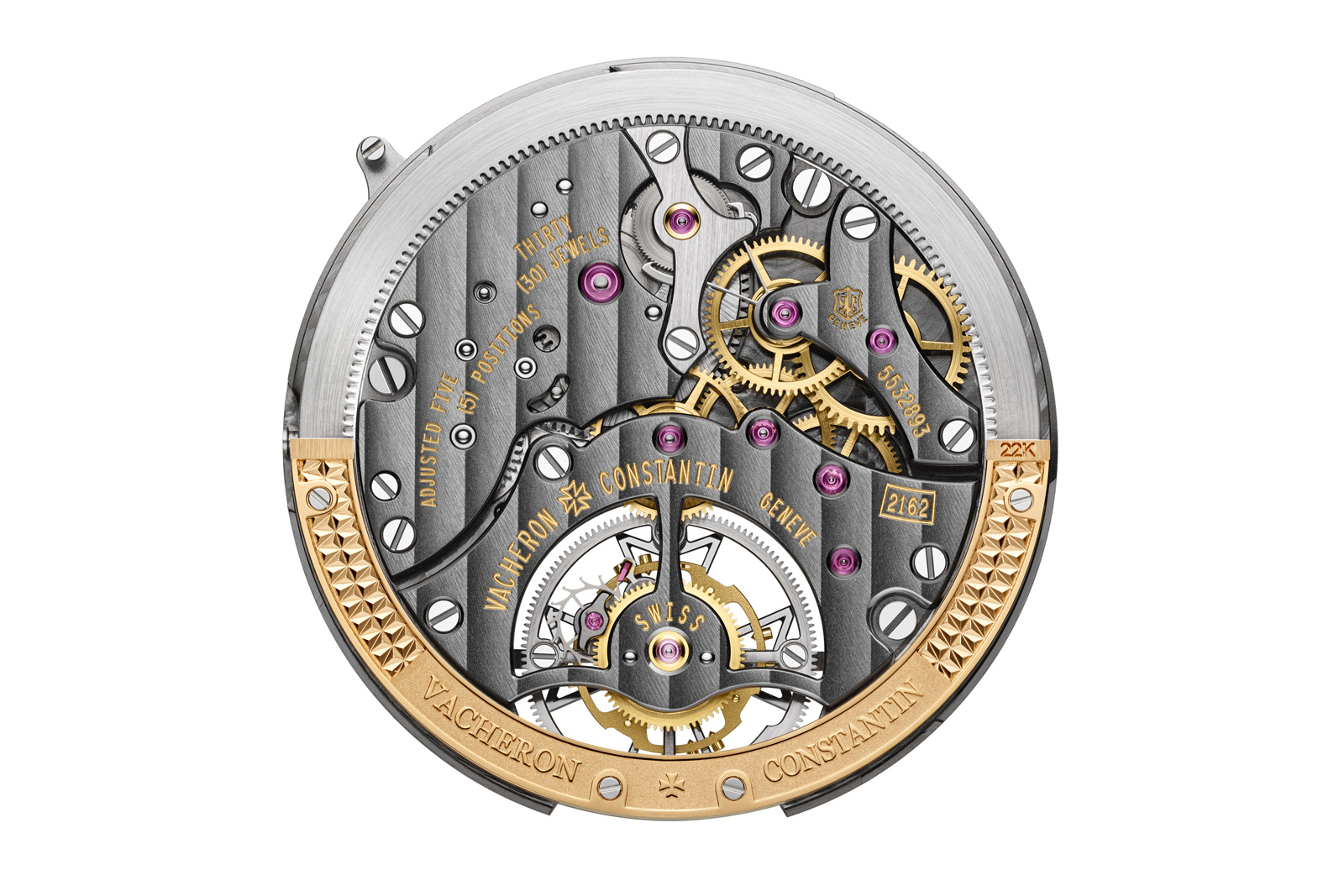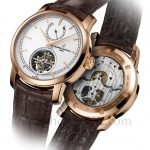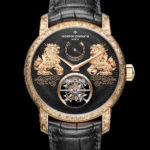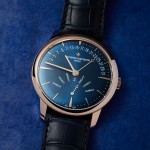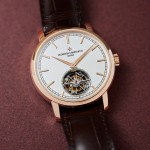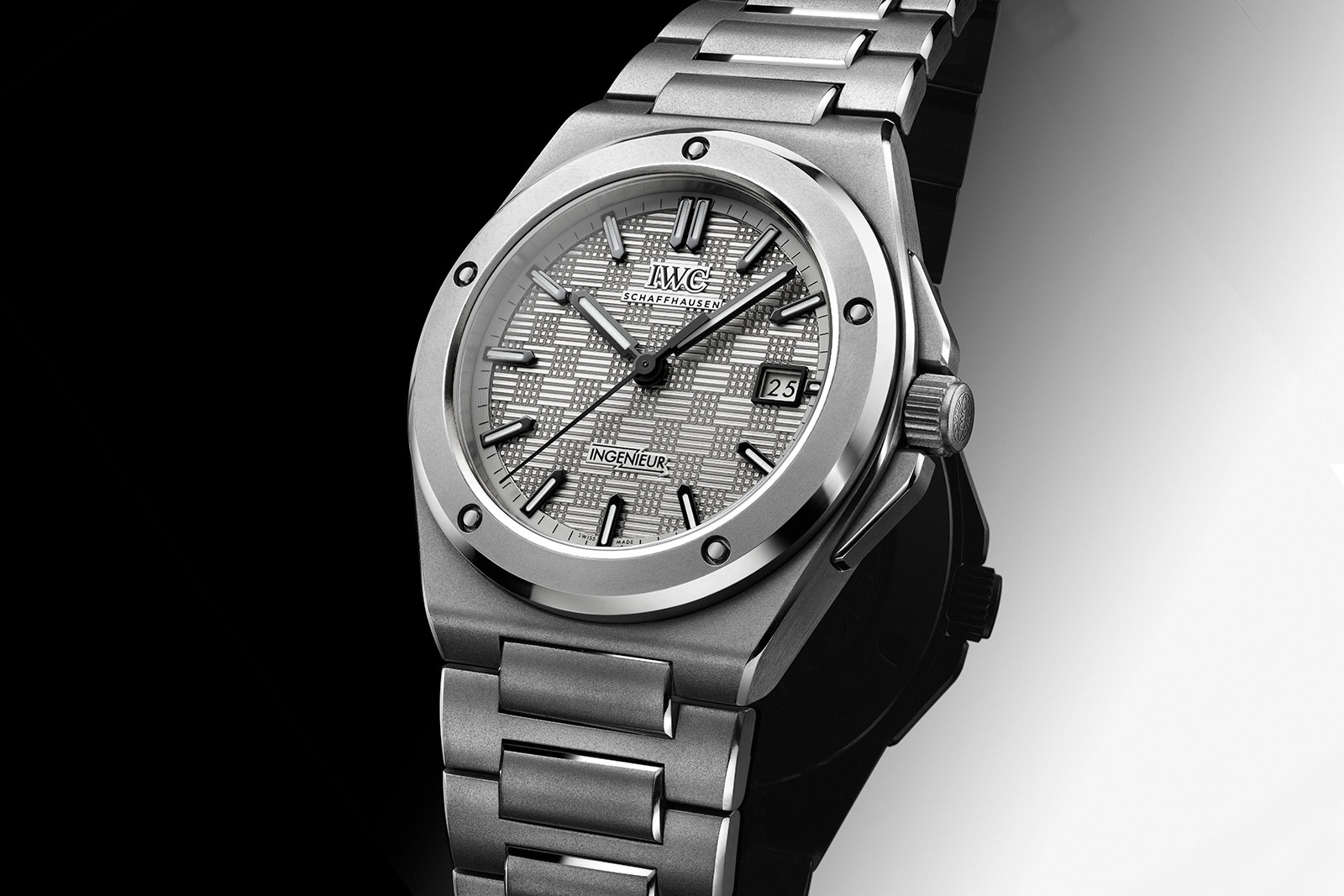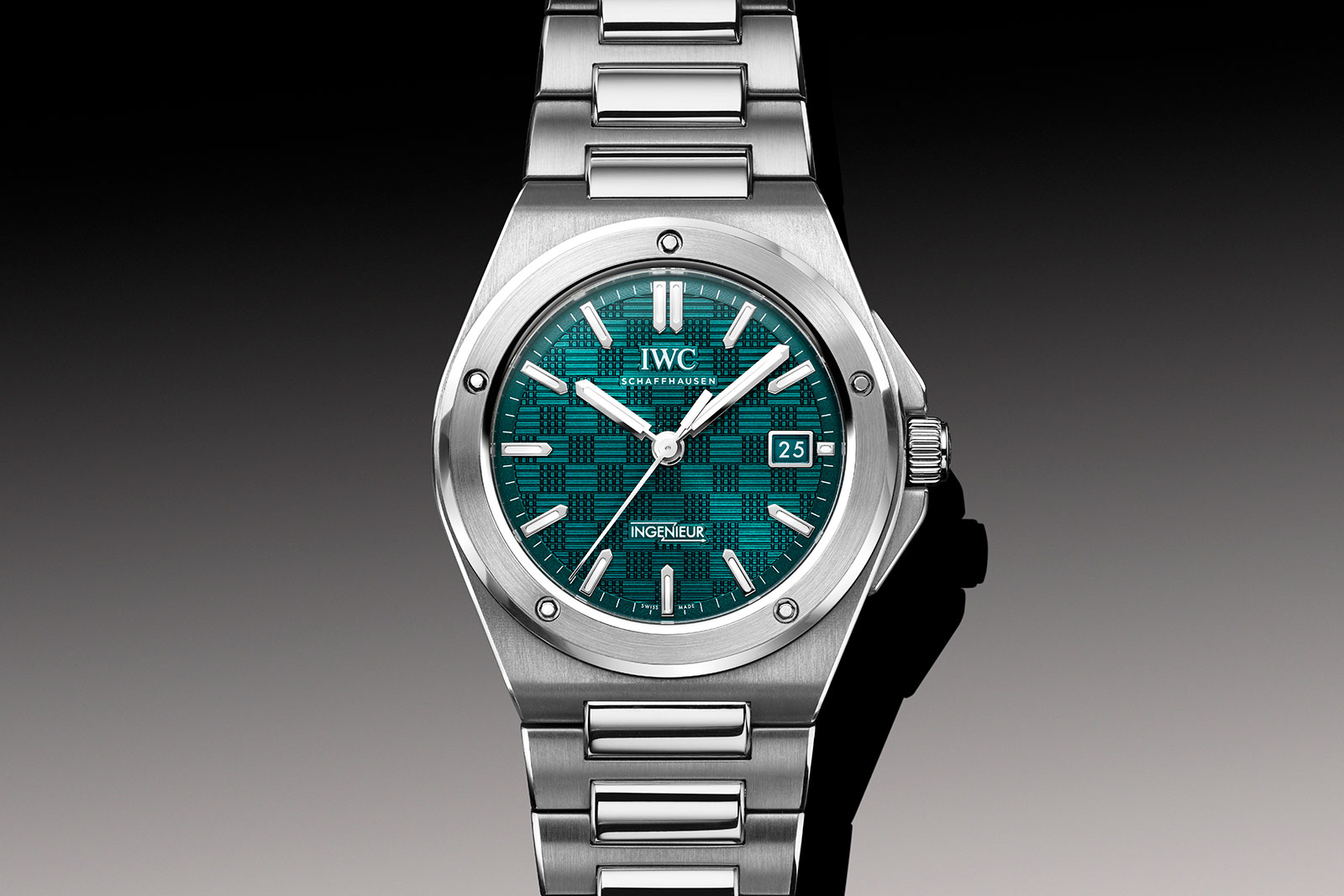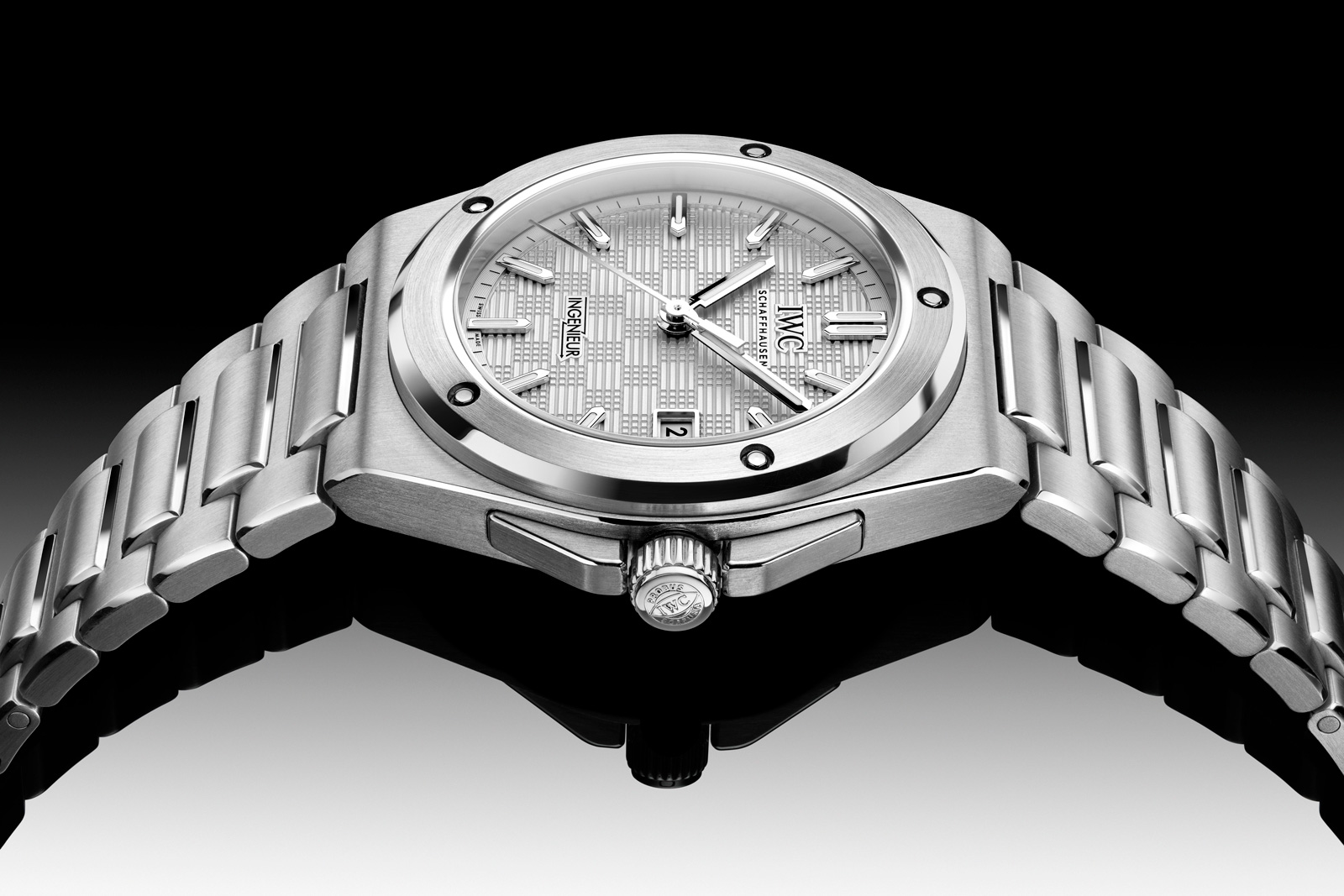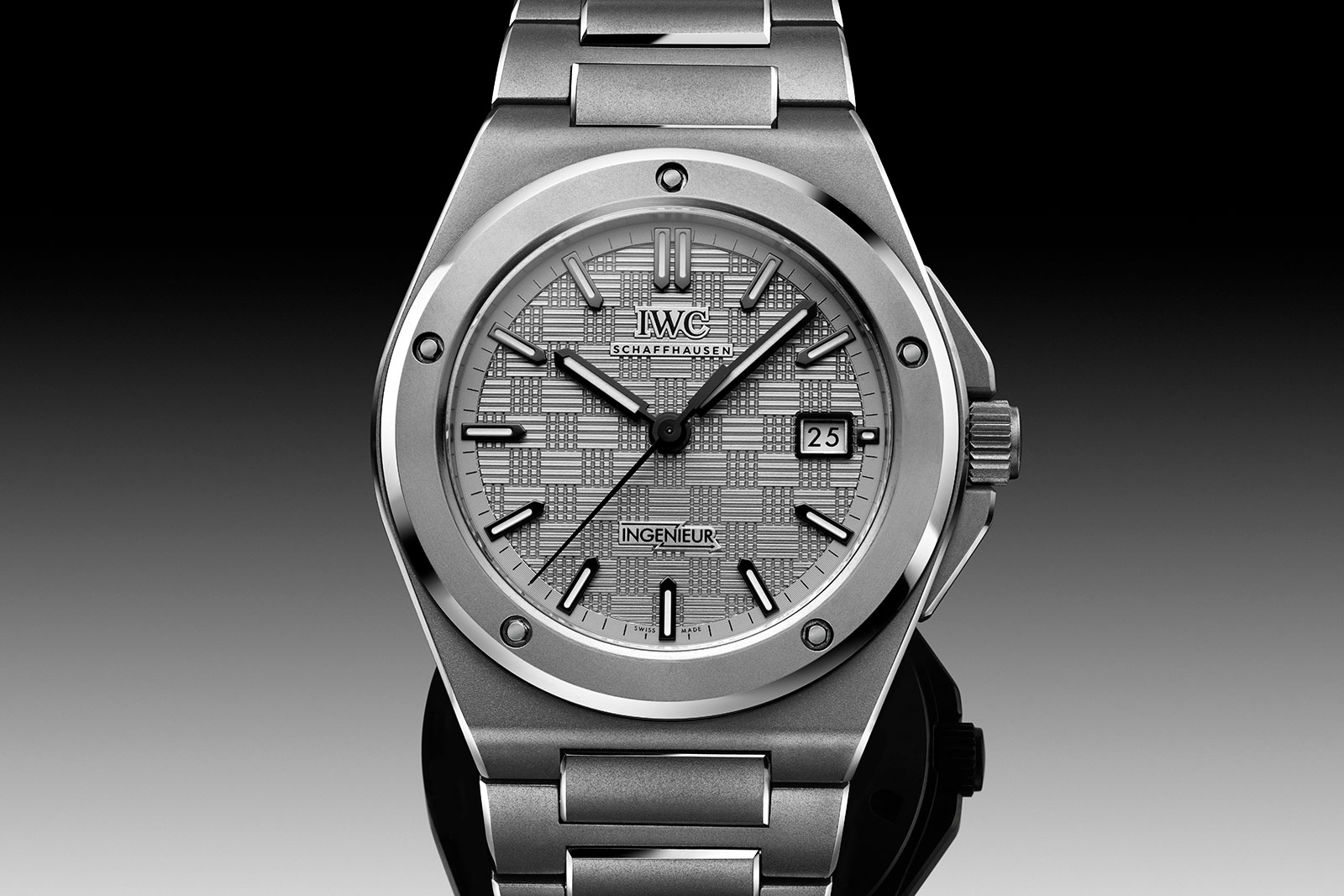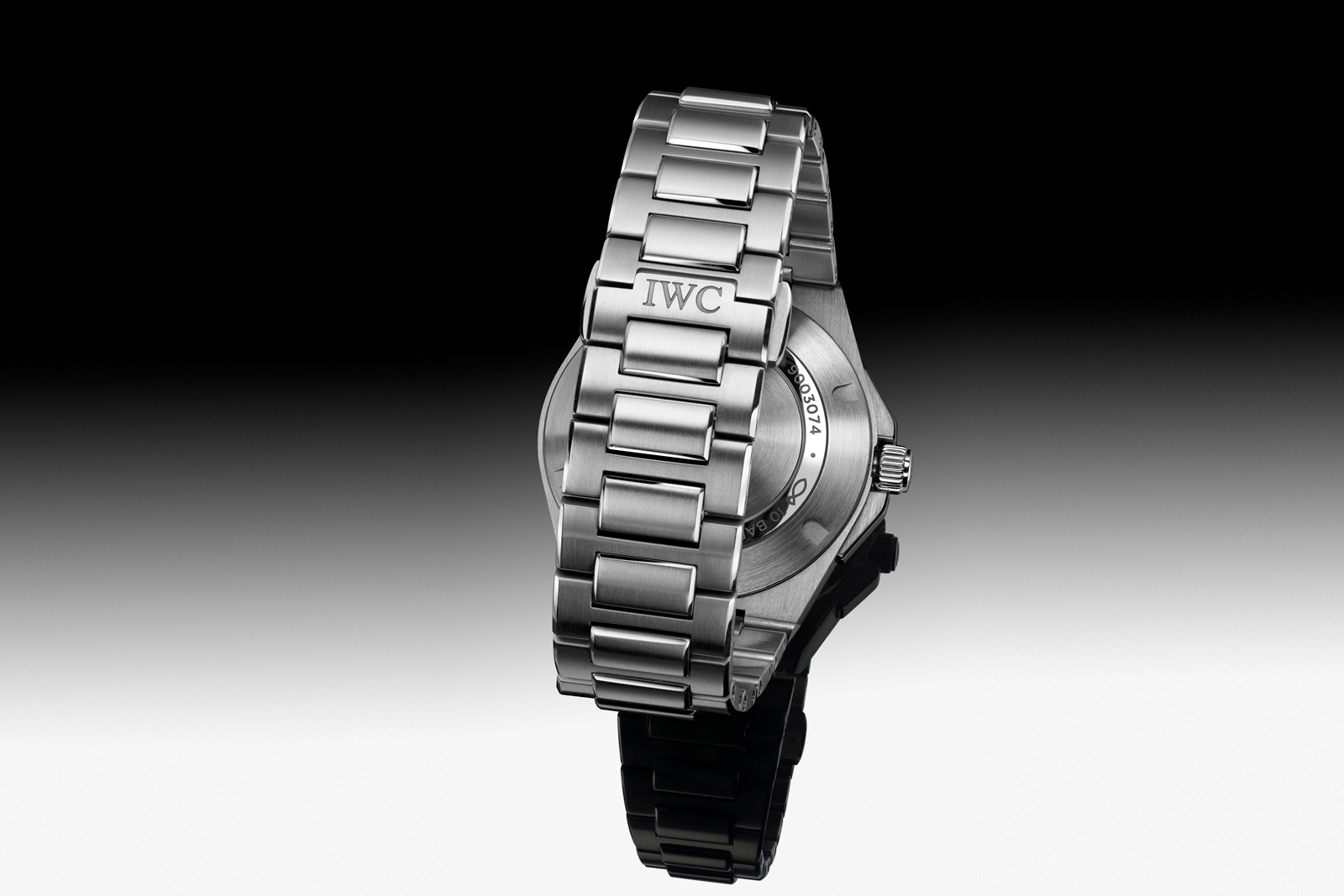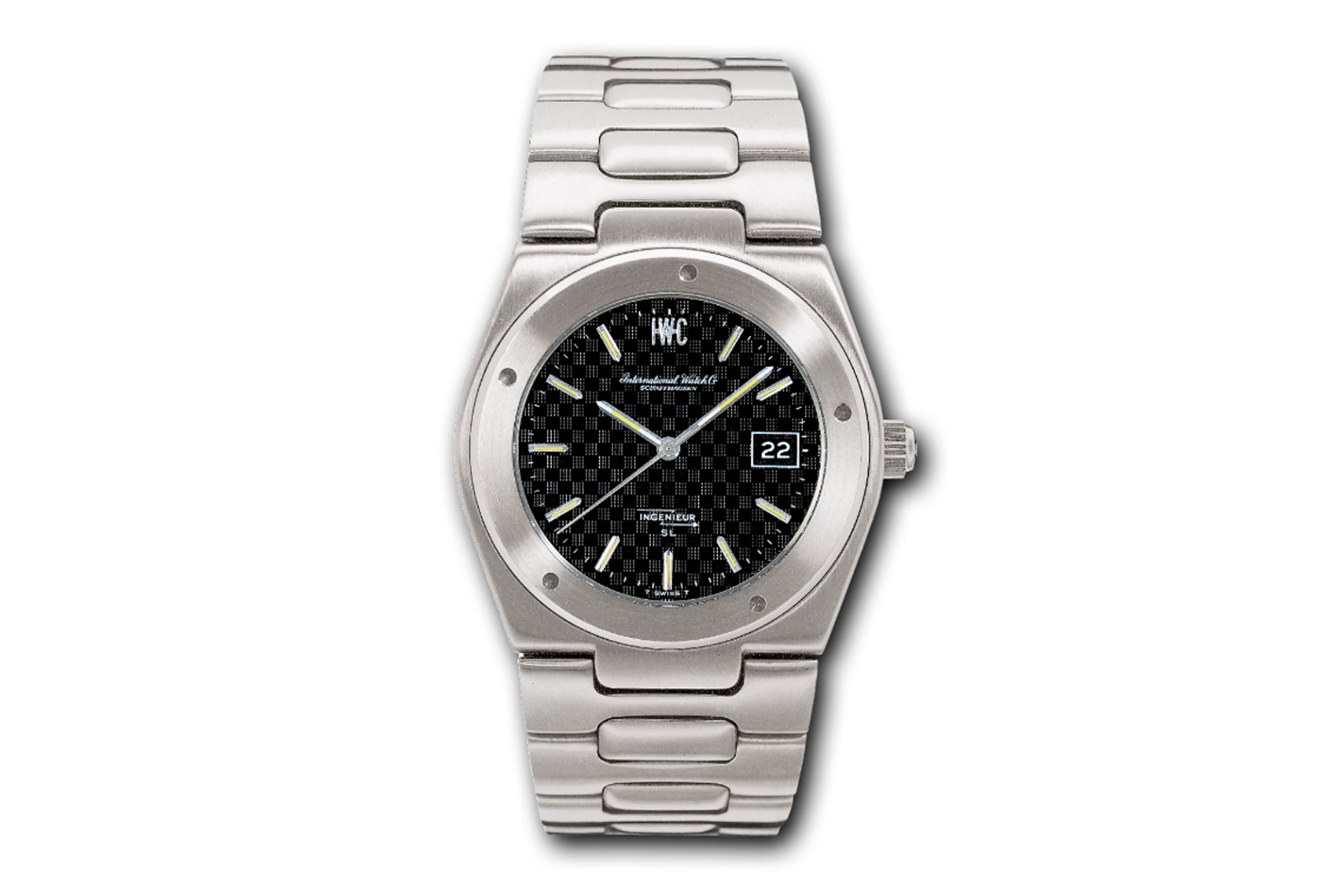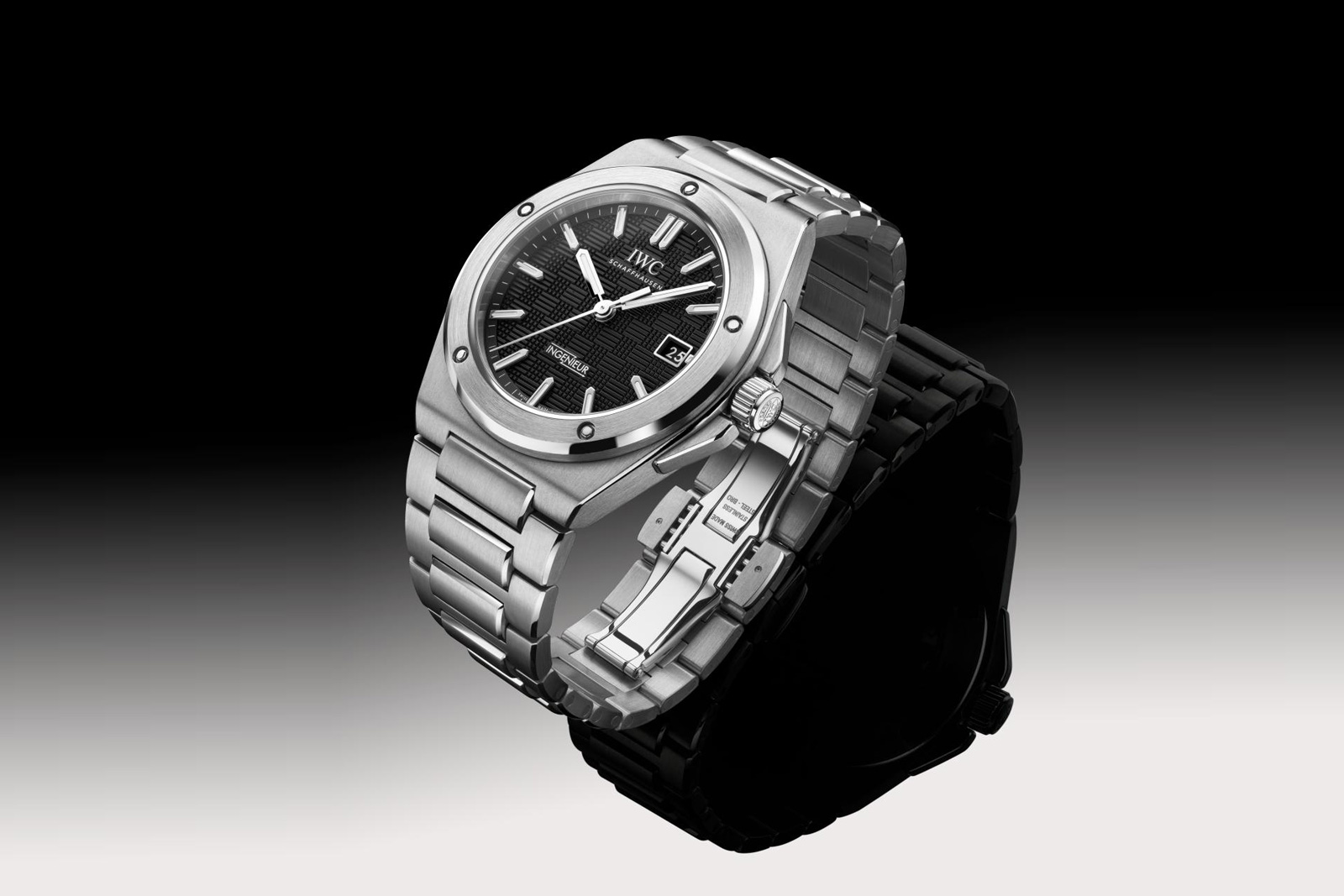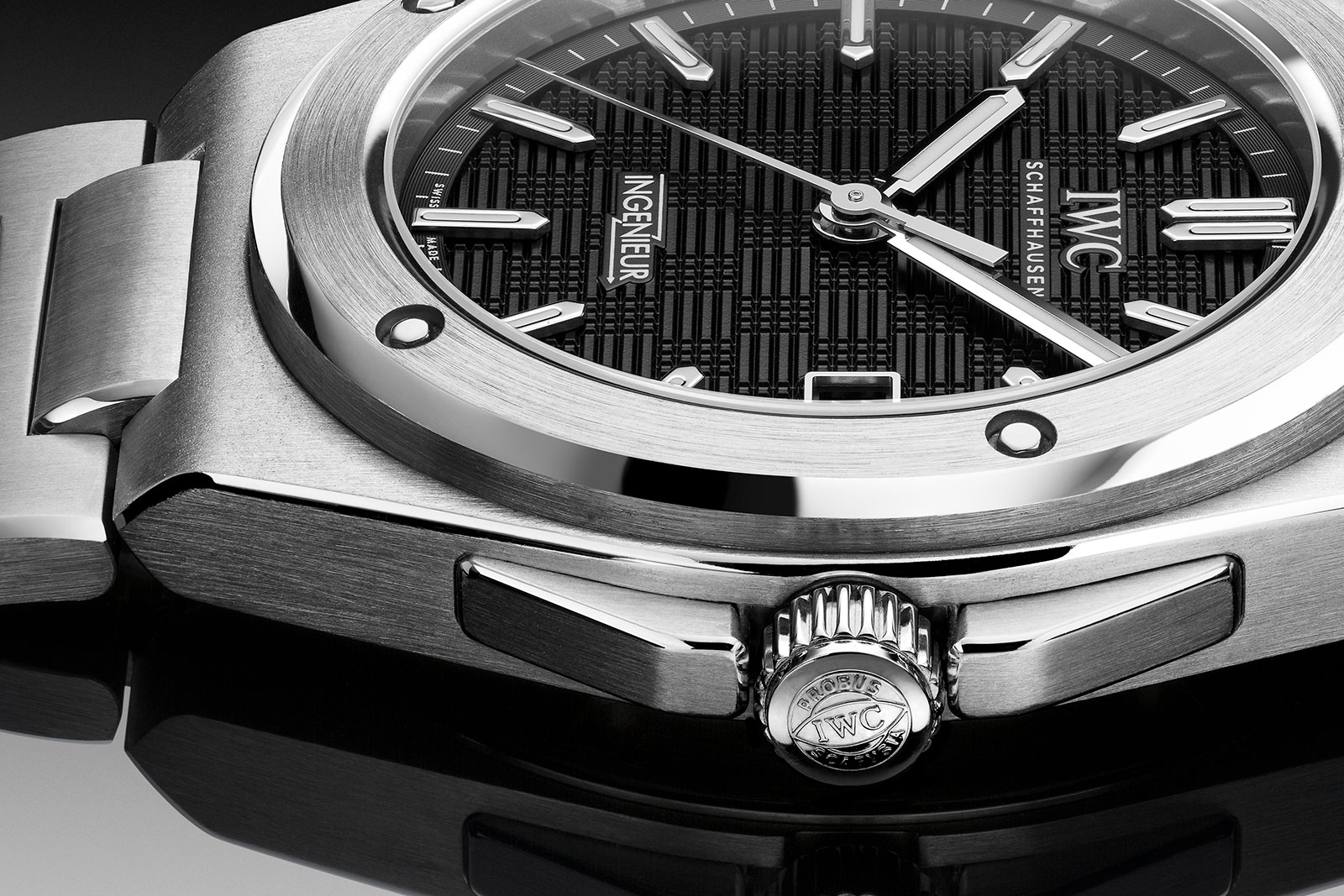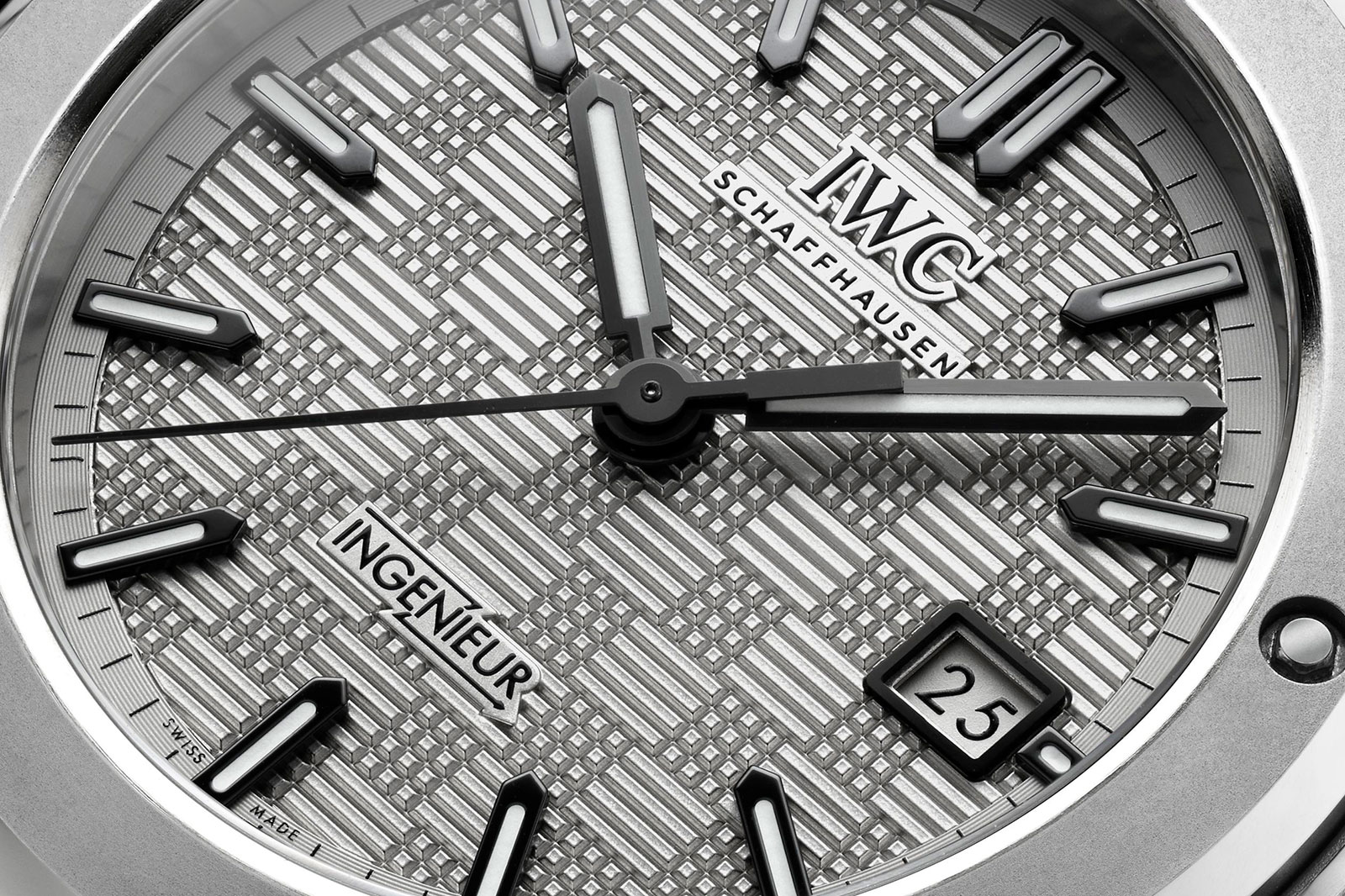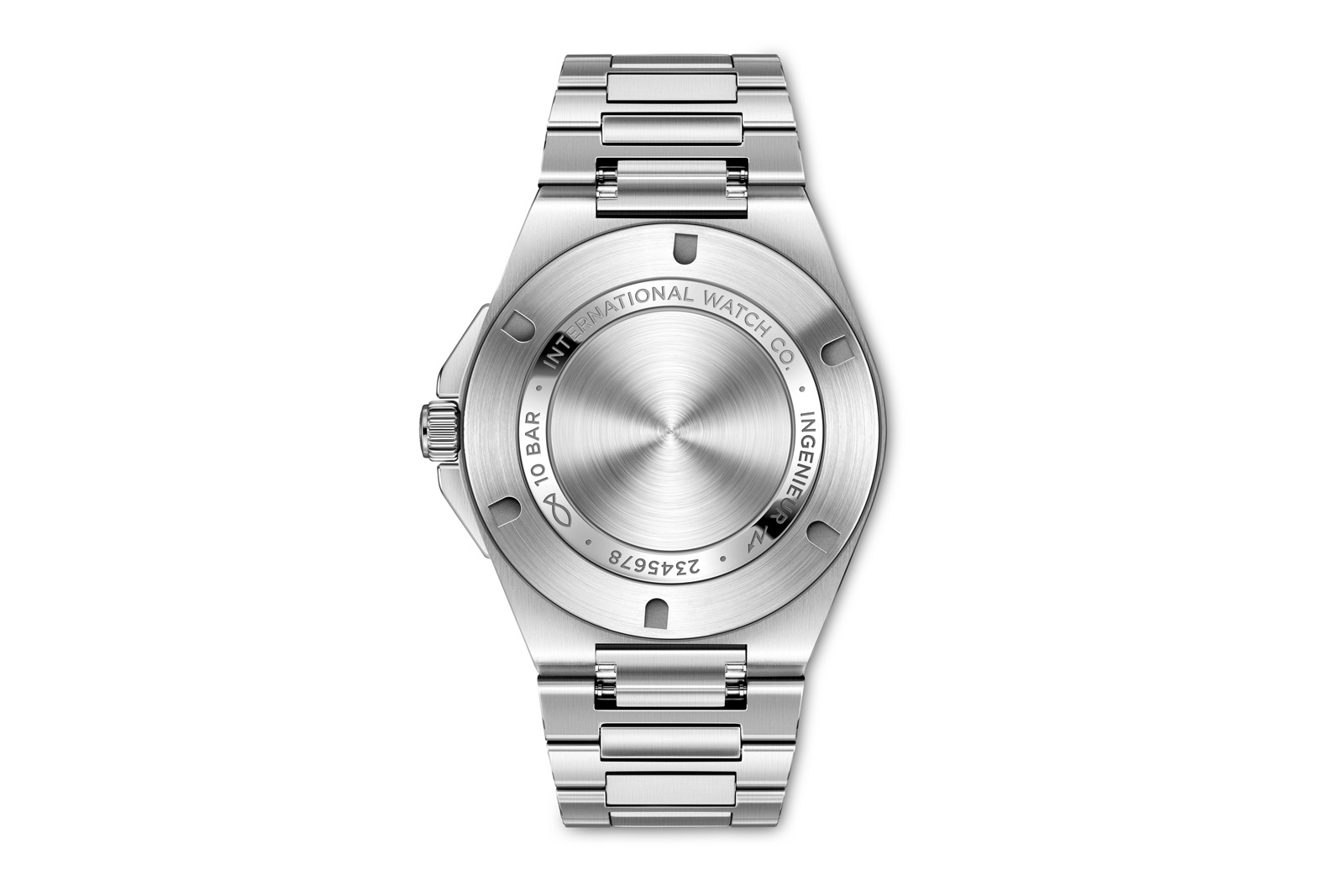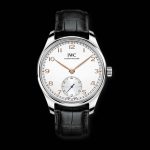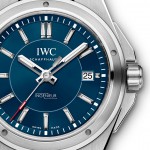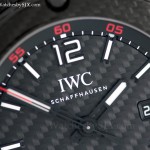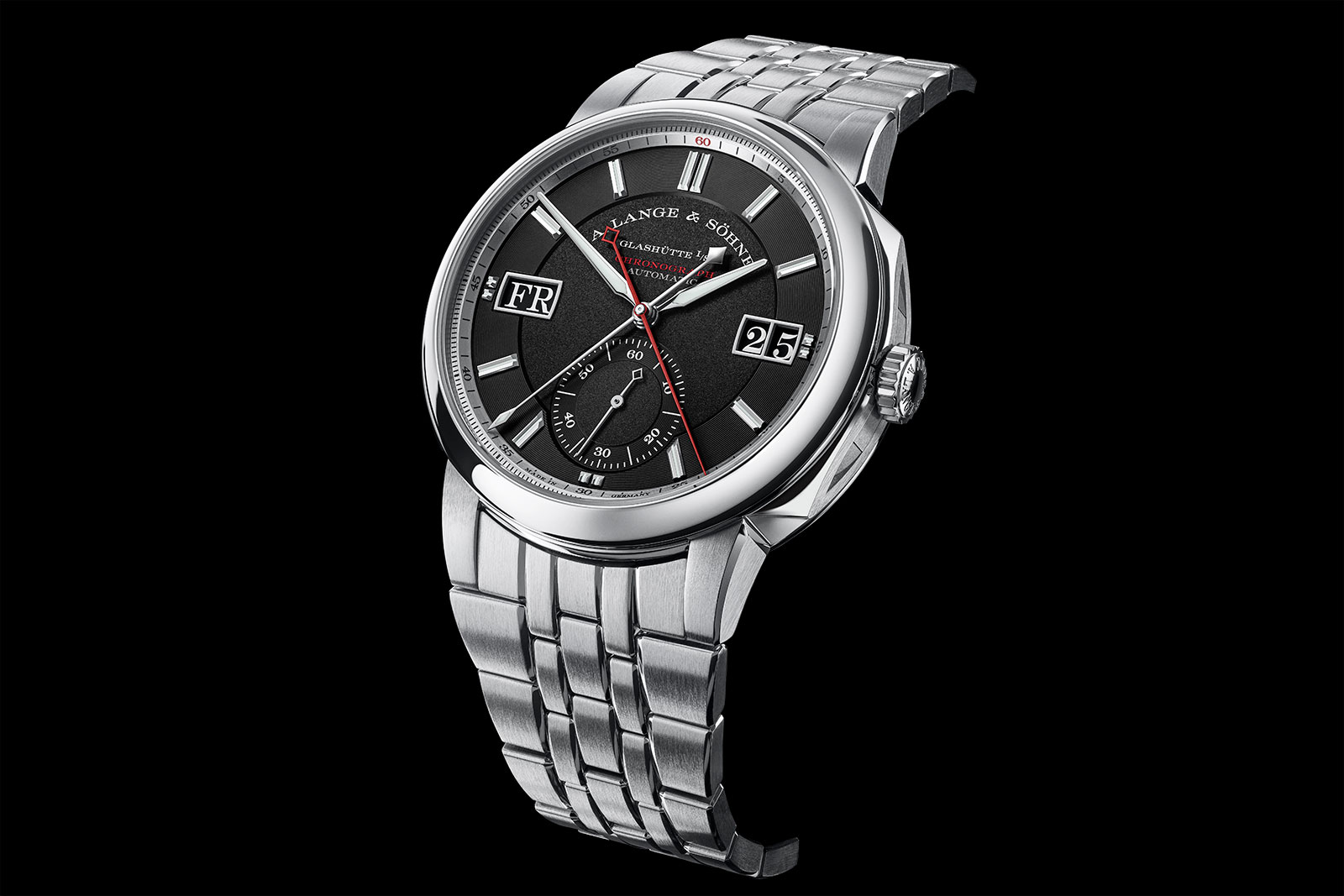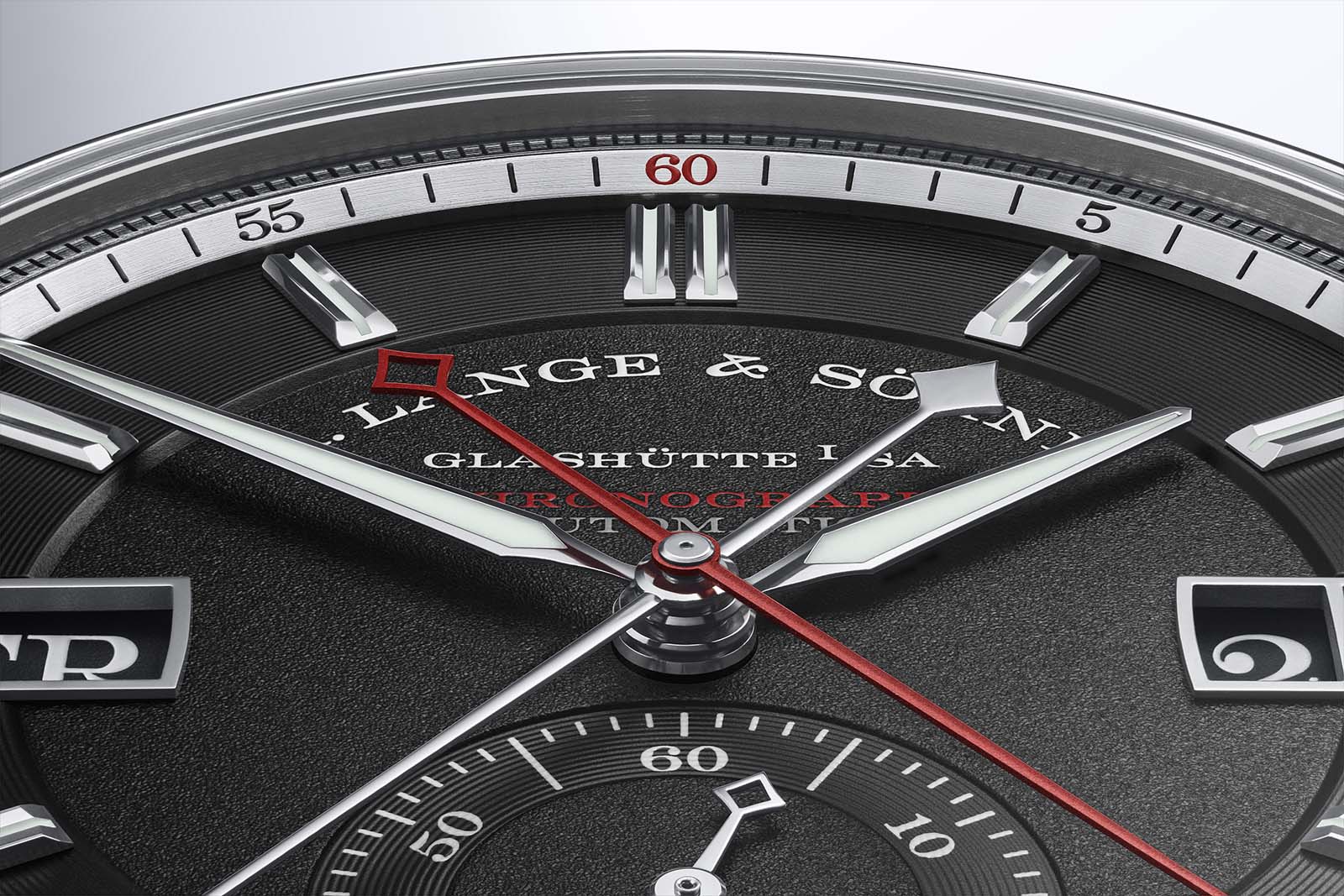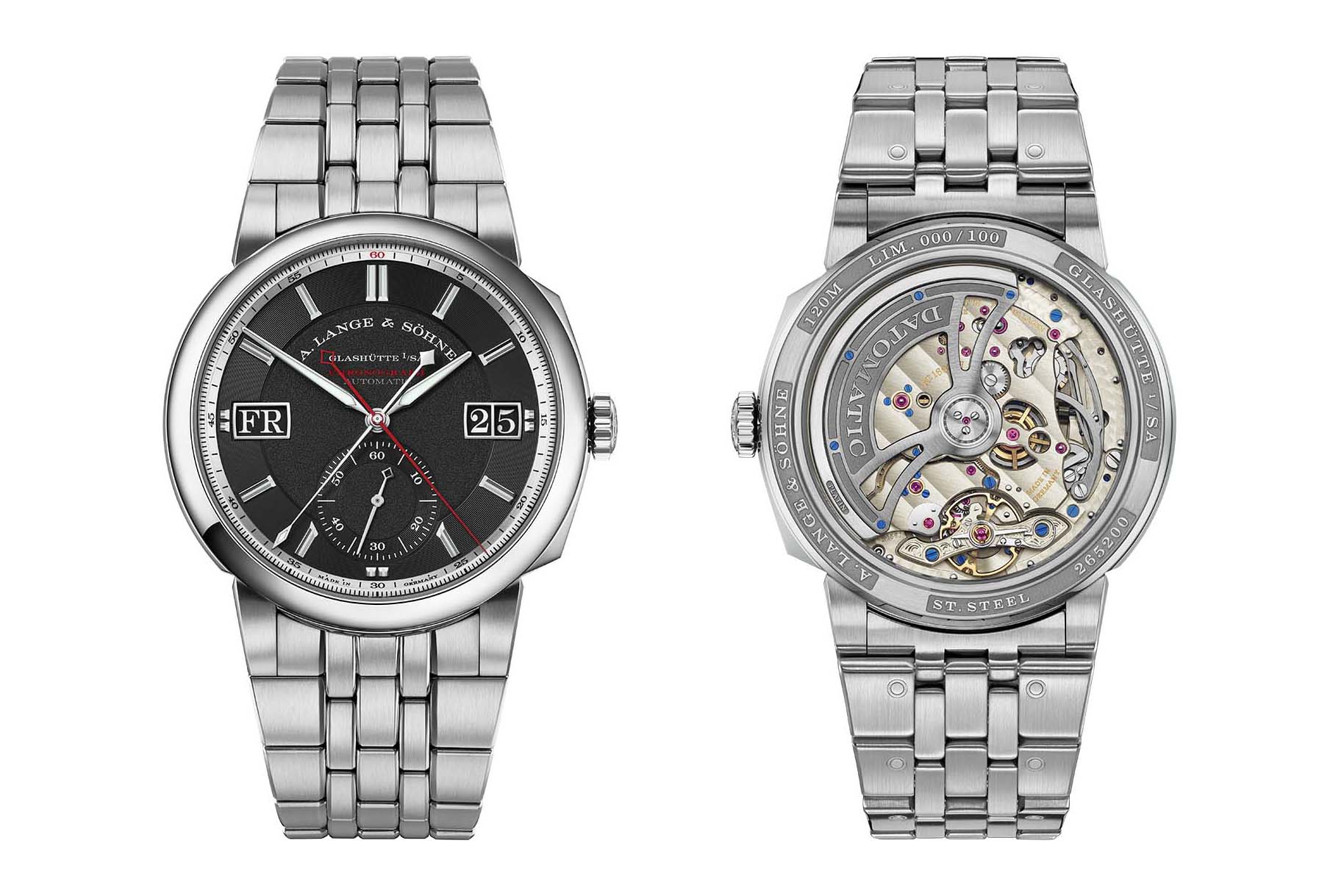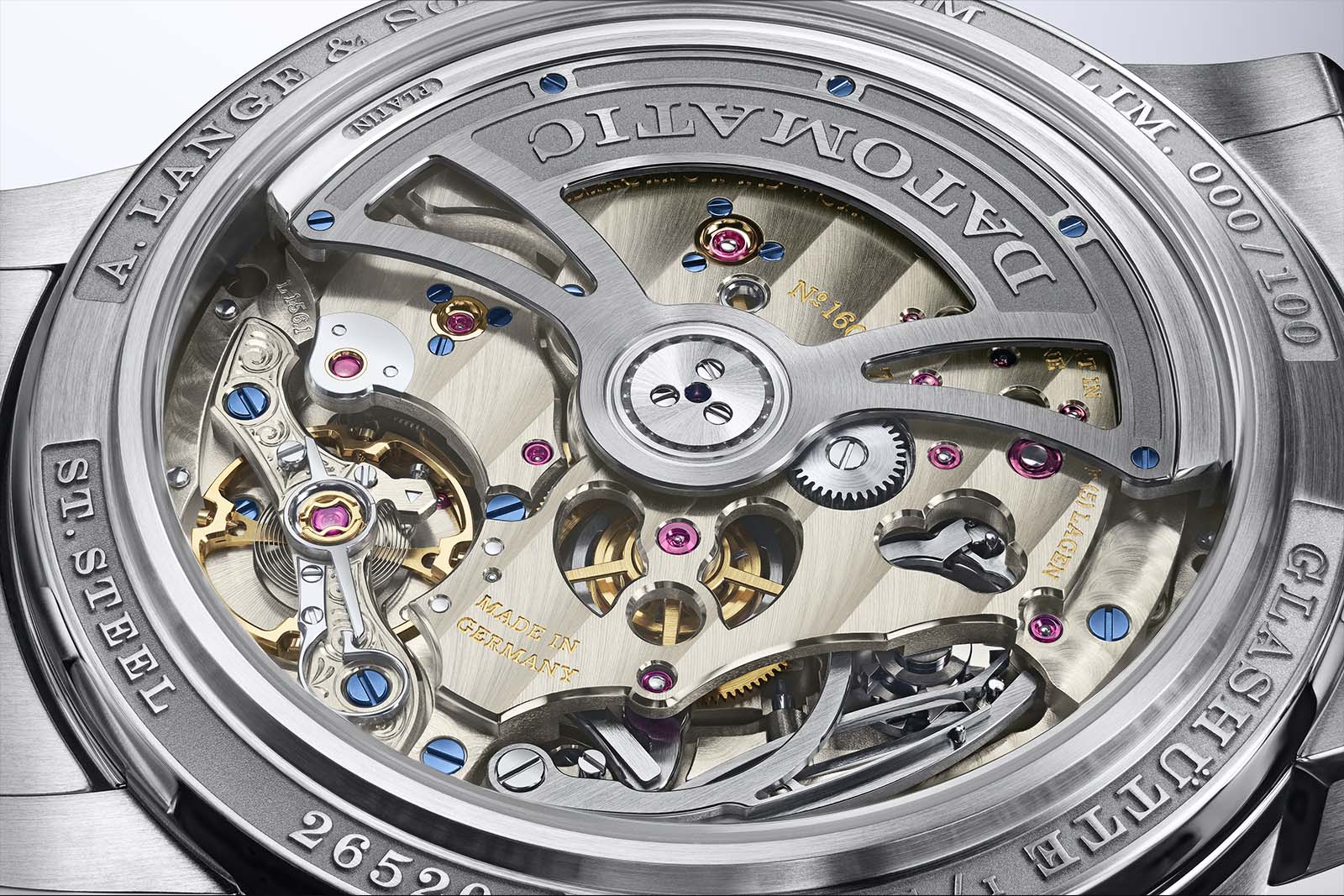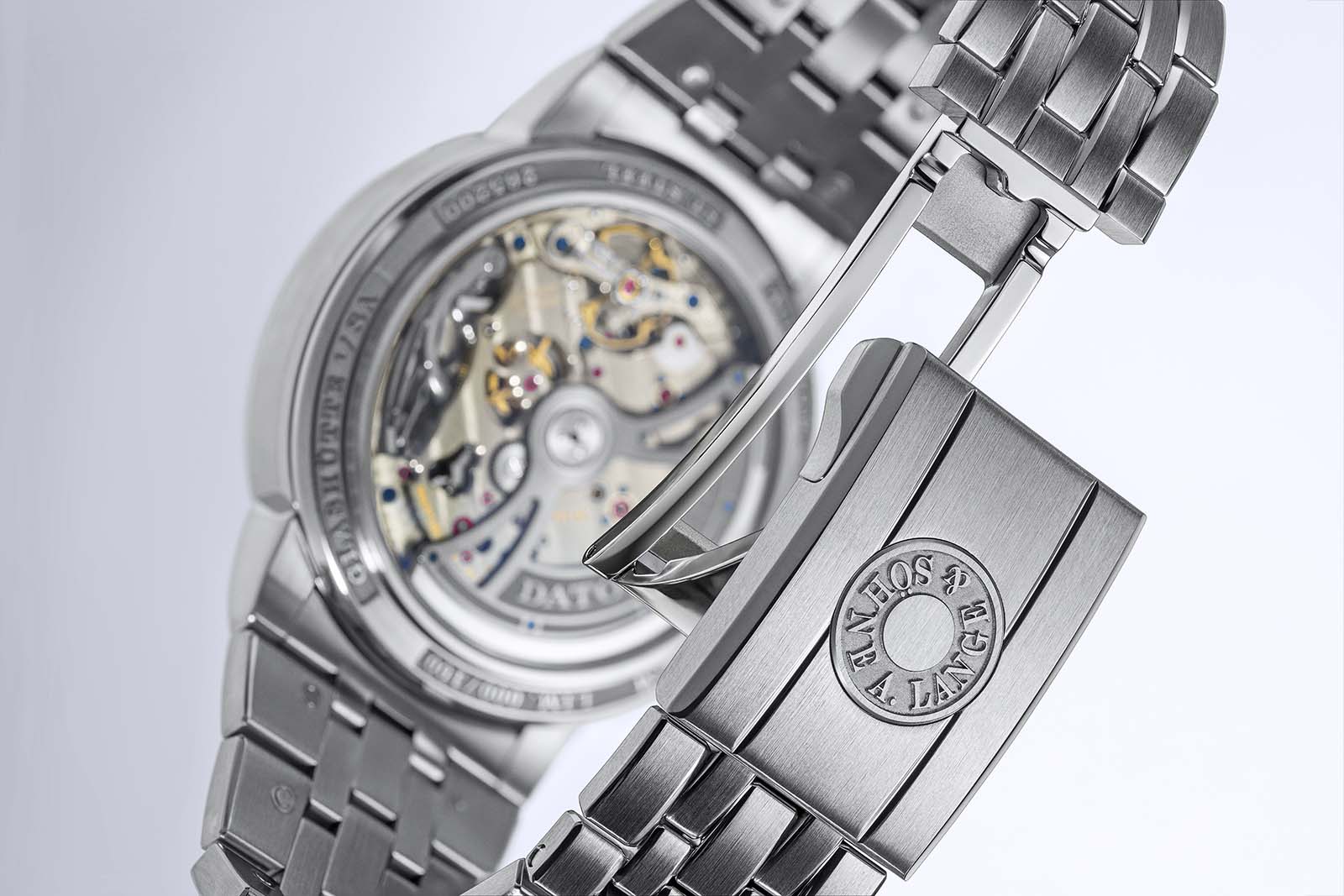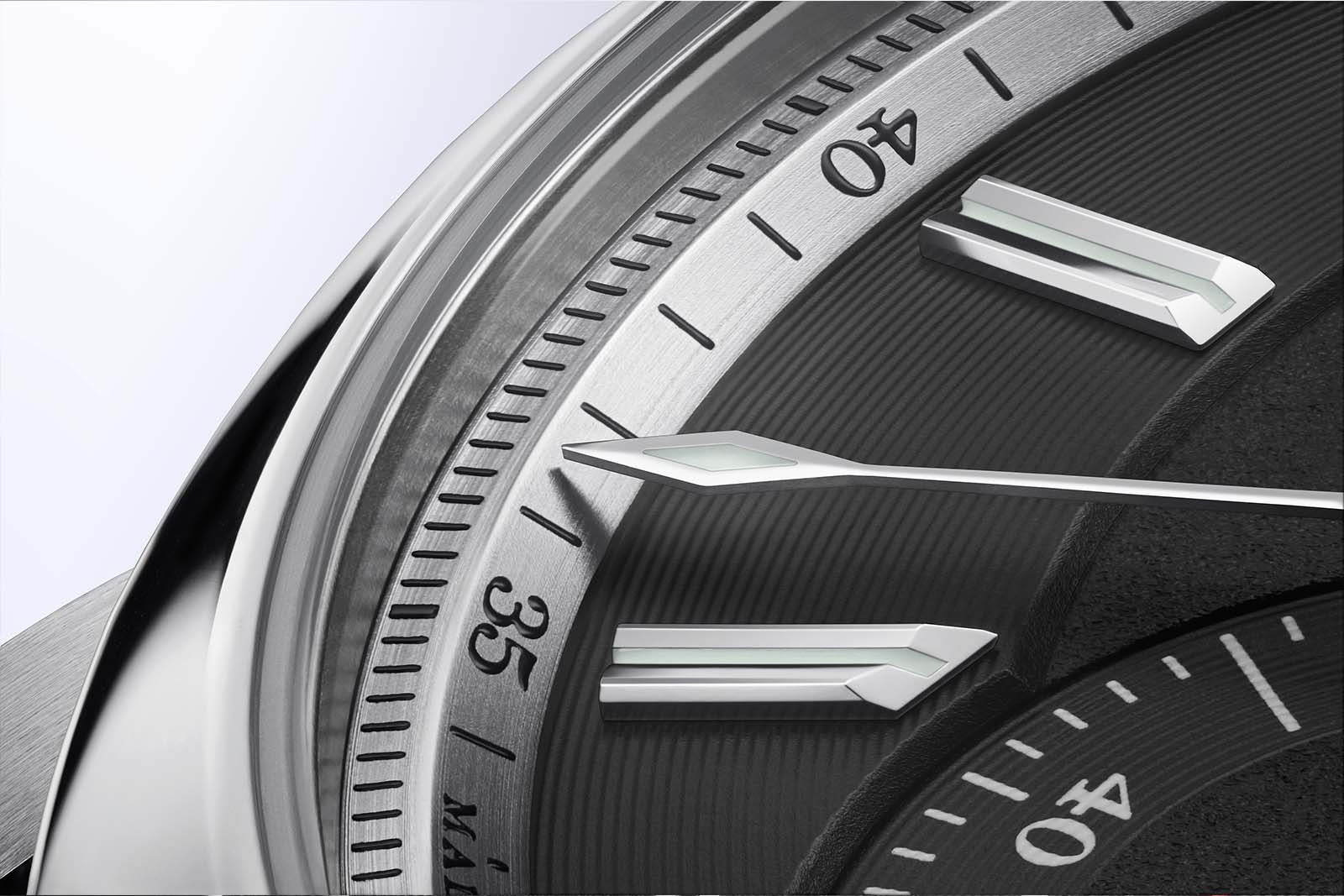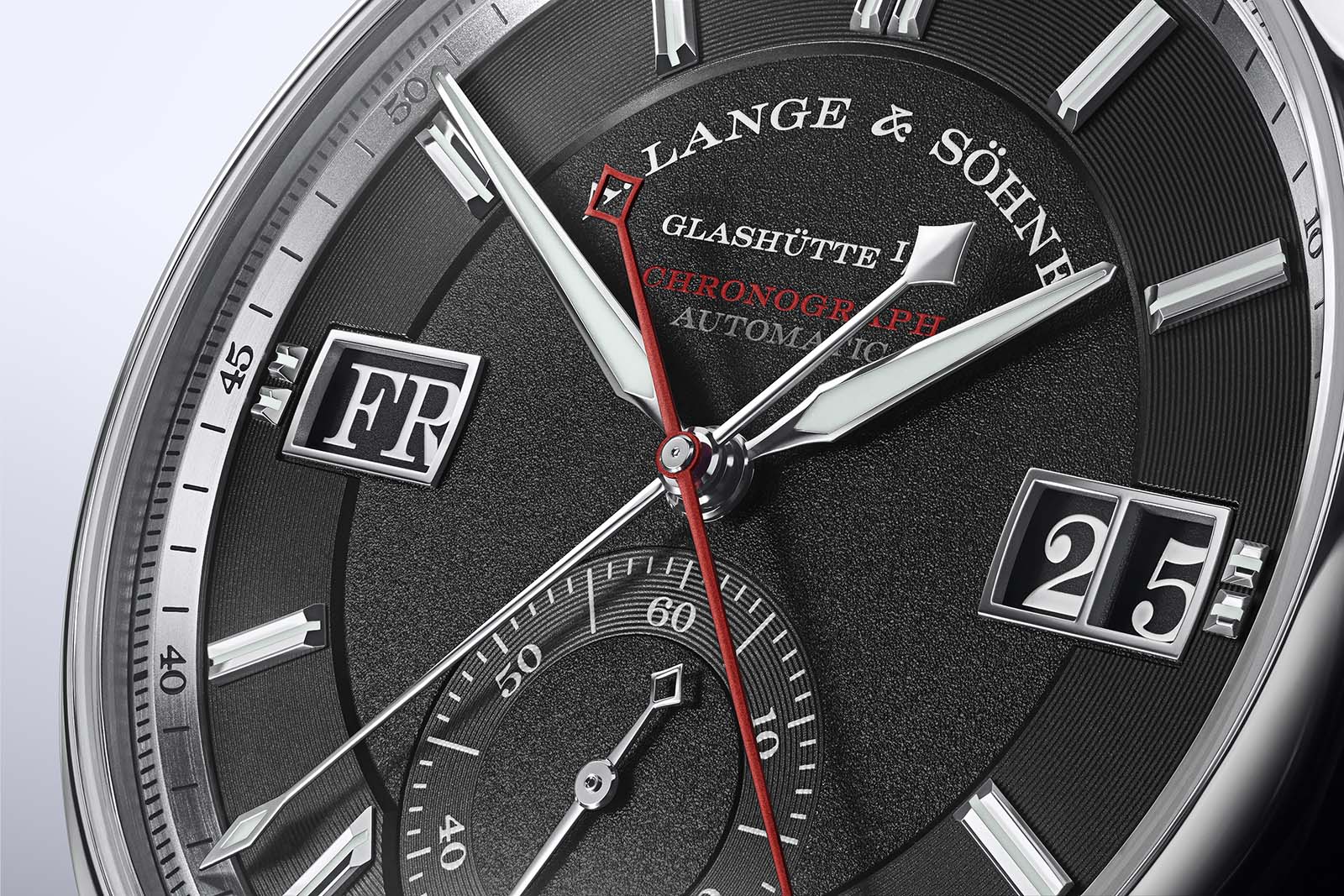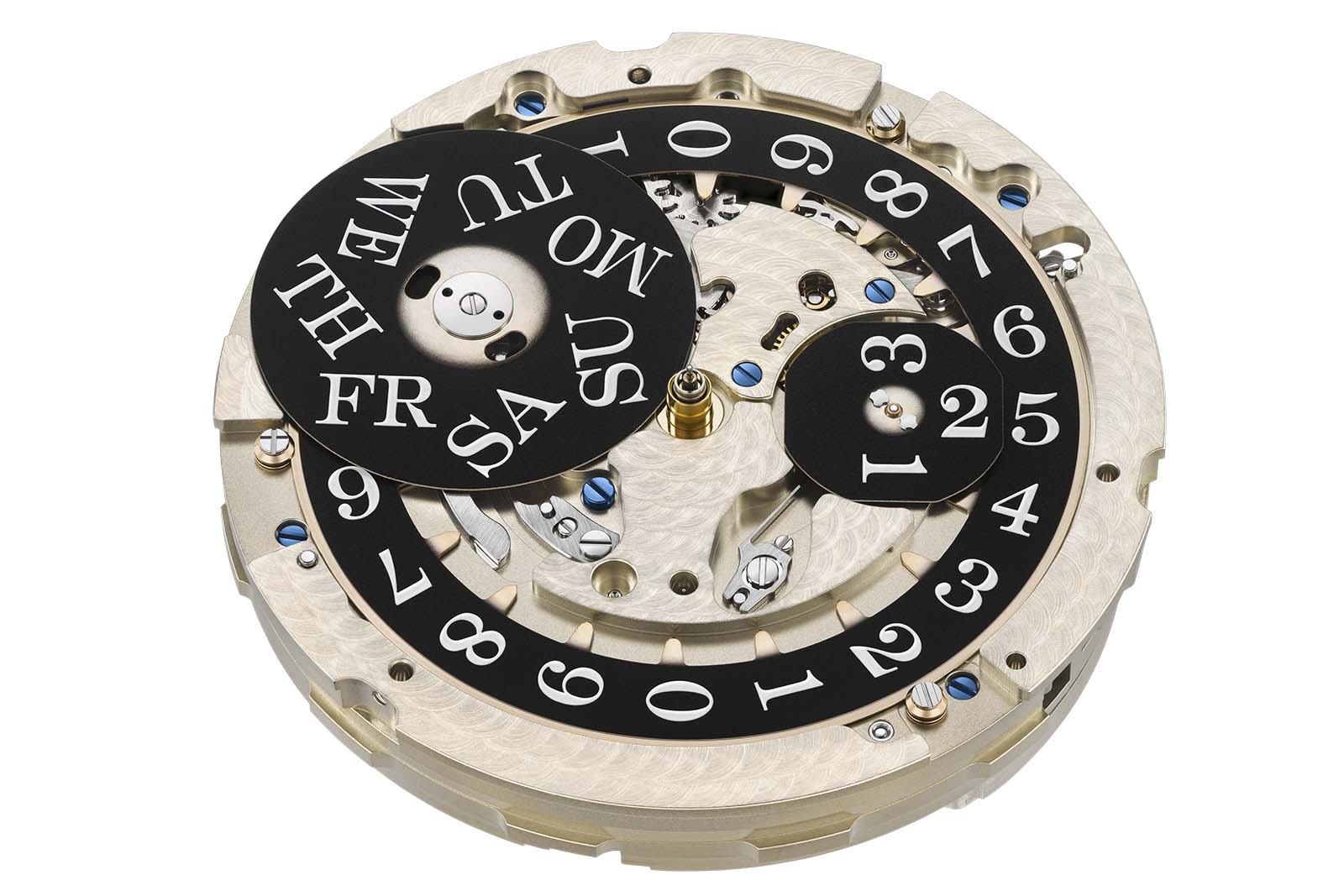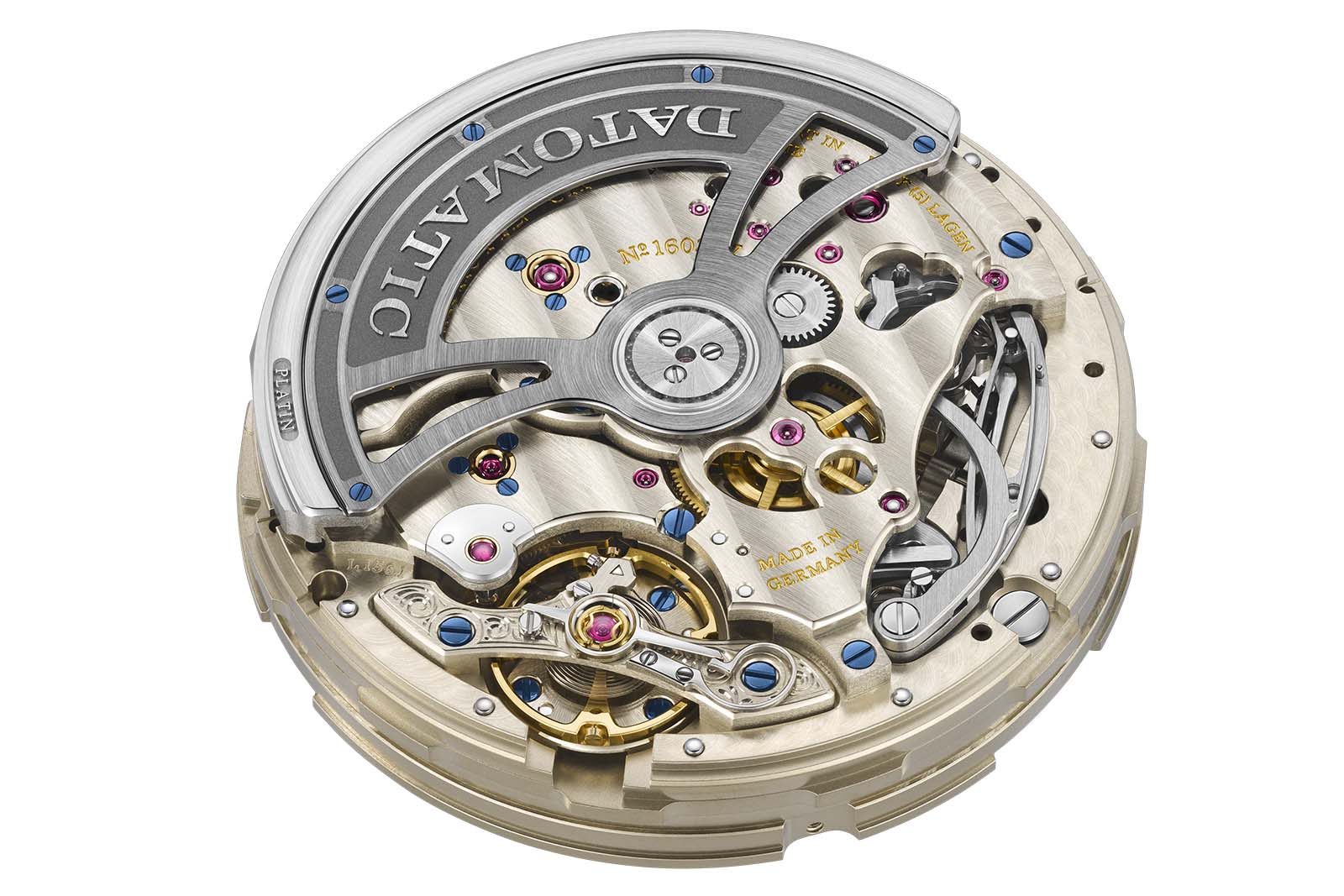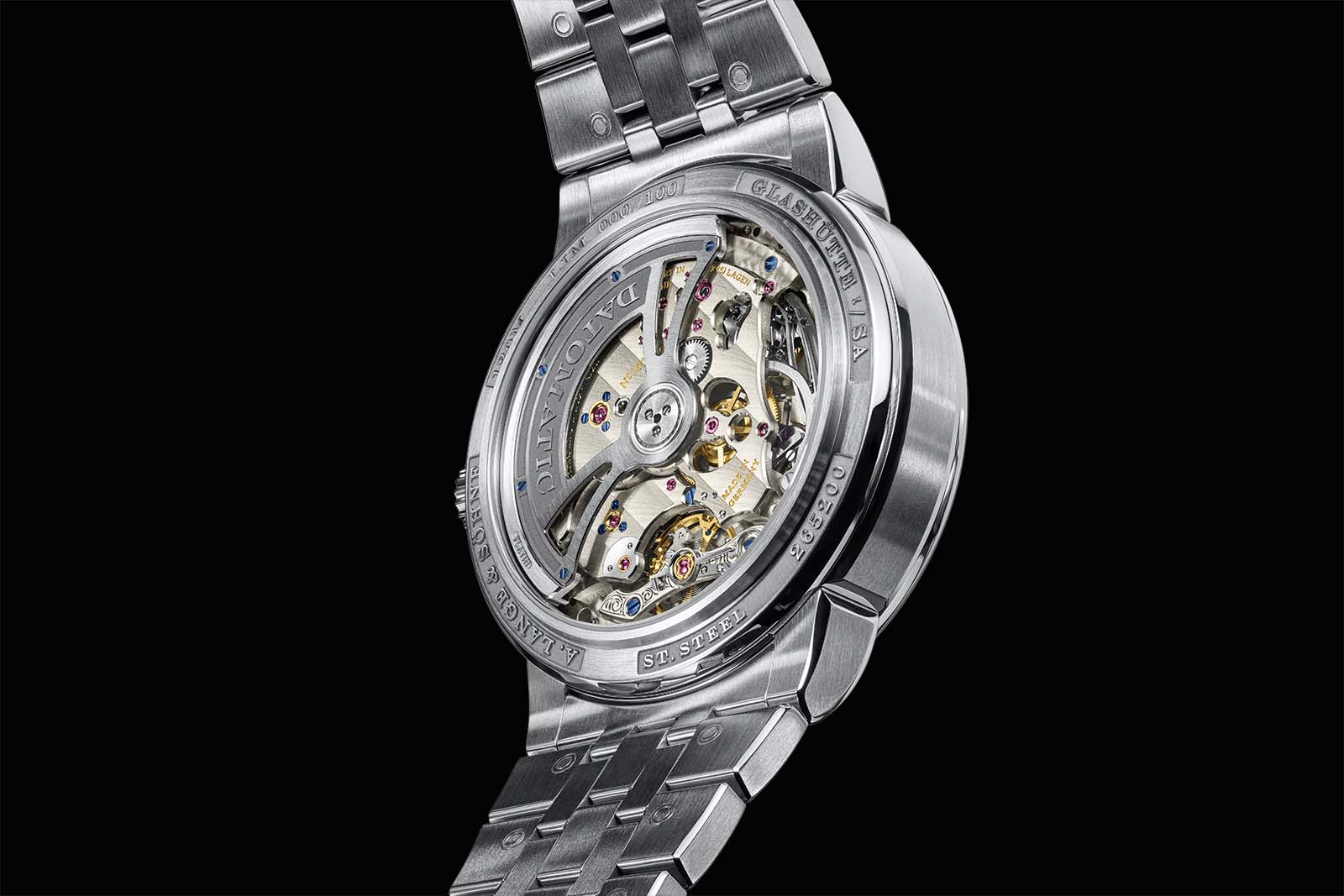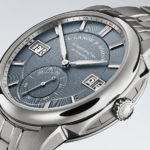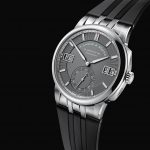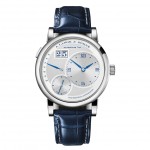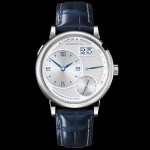Kudoke Introduces the Kudoke 3
Distinctive design and value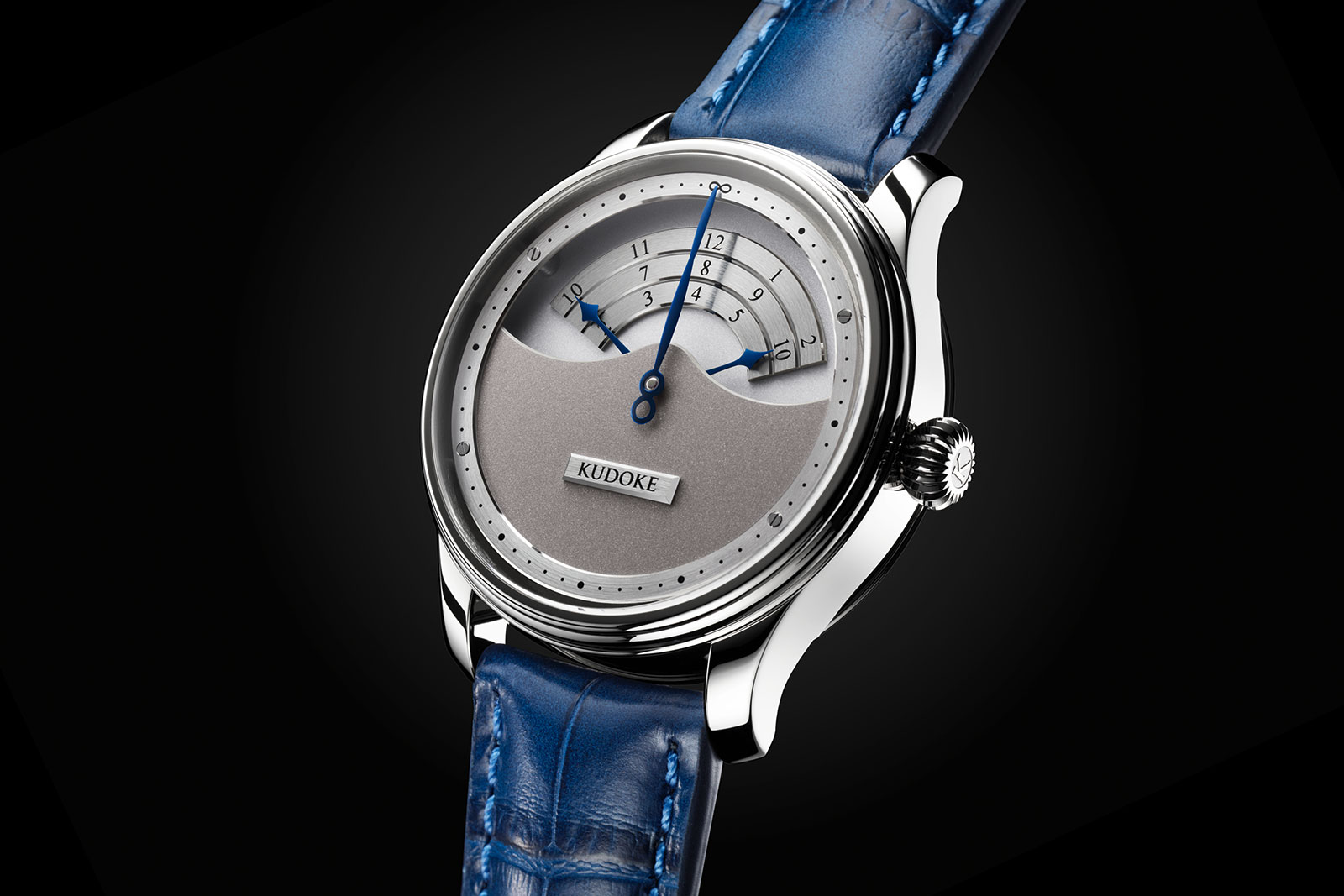
German independent Kudoke has carved out its own niche with a distinctive blend of English-inspired movements and Germanic attention-to-detail in its Handwerk line of watches. The latest addition to the line is the Kudoke 3, which largely sticks to the successful formula of prior models, but offers a twist in the form of a split-level dial and triple-scale hour display.
Once known primarily for ostentatiously skeletonised Unitas calibers, such as the watch worn by Dominic Monaghan’s character in Last Looks, Kudoke hit the reset button in 2019 with Handwerk line comprised of the Kudoke 1 and 2. The collection introduced a more restrained design aesthetic and importantly, brand’s first proprietary movement. The Kudoke 3 continues down this path, but goes further in terms of creative design.
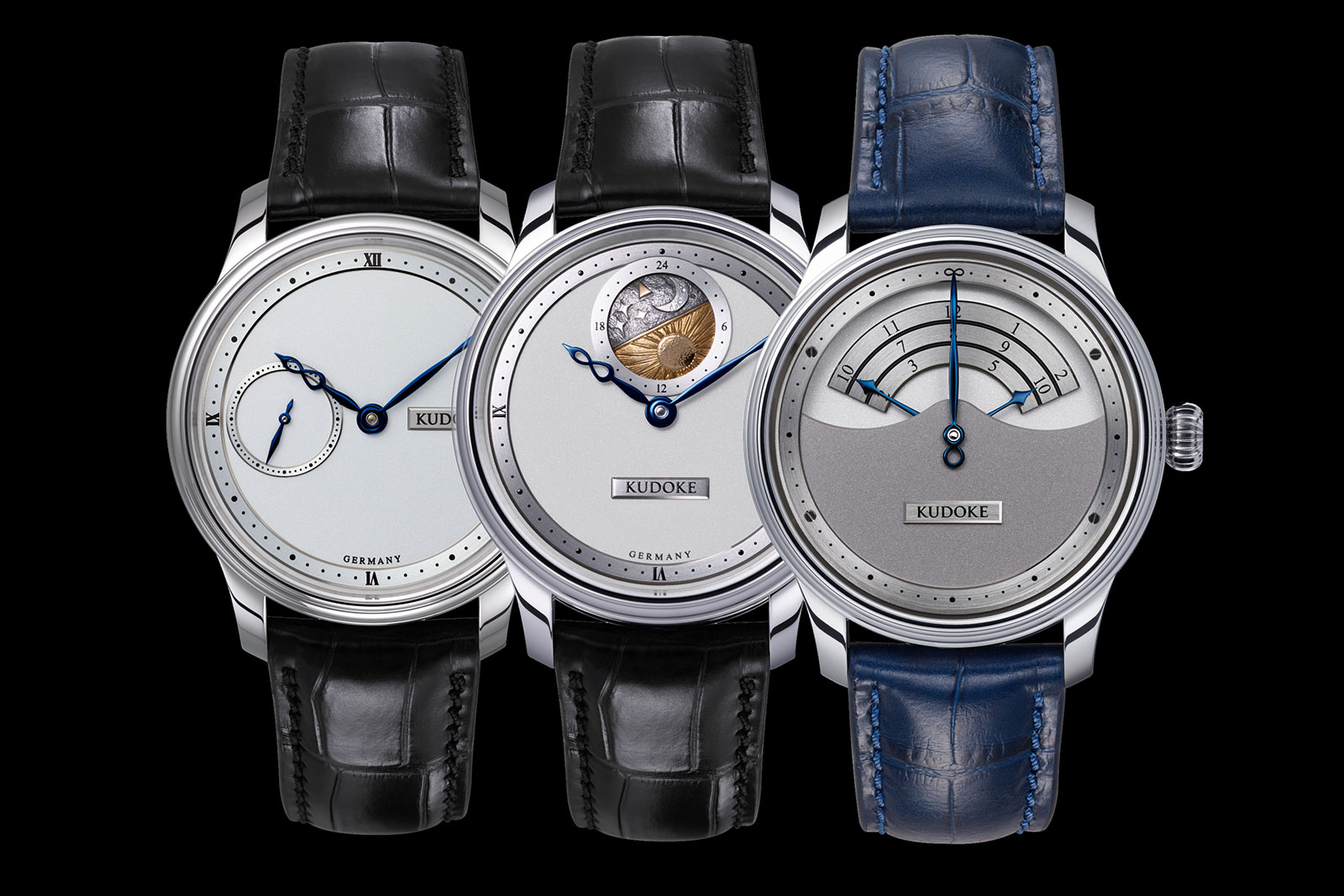
The Handwerk collection (from left): Kudoke 1, Kudoke 2, and Kudoke 3
Initial thoughts
As a fan of modern German (and historical English) watchmaking, I’ve been impressed with the brand’s work since the launch of the Kudoke 1. Like Habring² and Laine, Kudoke offers a compelling alternative to mass-produced luxury watches.
The Kudoke 3 is a thoughtful and unconventional addition to the Dresden-based brand’s growing collection, offering a novel time display with three scales for the hours along with a three-armed hour hand. This triple-scale calls to mind the distinctive seconds register of the 1990s Daniel Roth tourbillon (recently reborn as the Tourbillon Souscription), but here it is used for the hours rather than the seconds.
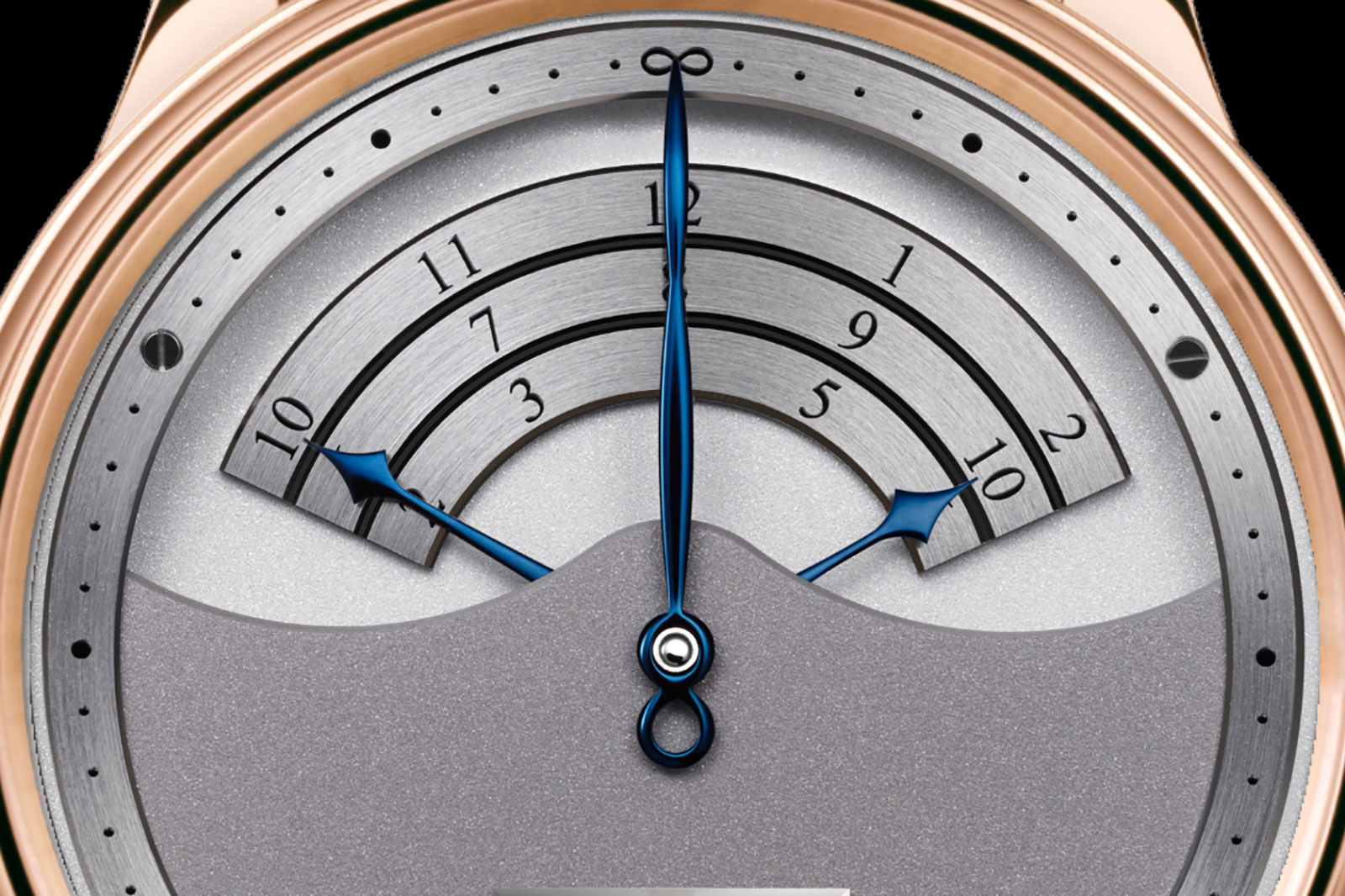
As with most unusual time displays, legibility is not the best, but the design is clearly in service of distinctive aesthetics rather than functionality. As a watch that continues the recognisable Kudoke styling while being instantly different, the Kudoke 3 succeeds well.
While the styling is new, the Kudoke 3 continues to offer the value proposition that made its predecessors successful. At €9,350, its price tag is on par with mass-market brands that offer little-to-no hand craftsmanship. In contrast, the Kudoke 3 combines with originality and craftsmanship, making it superb value-for-money.
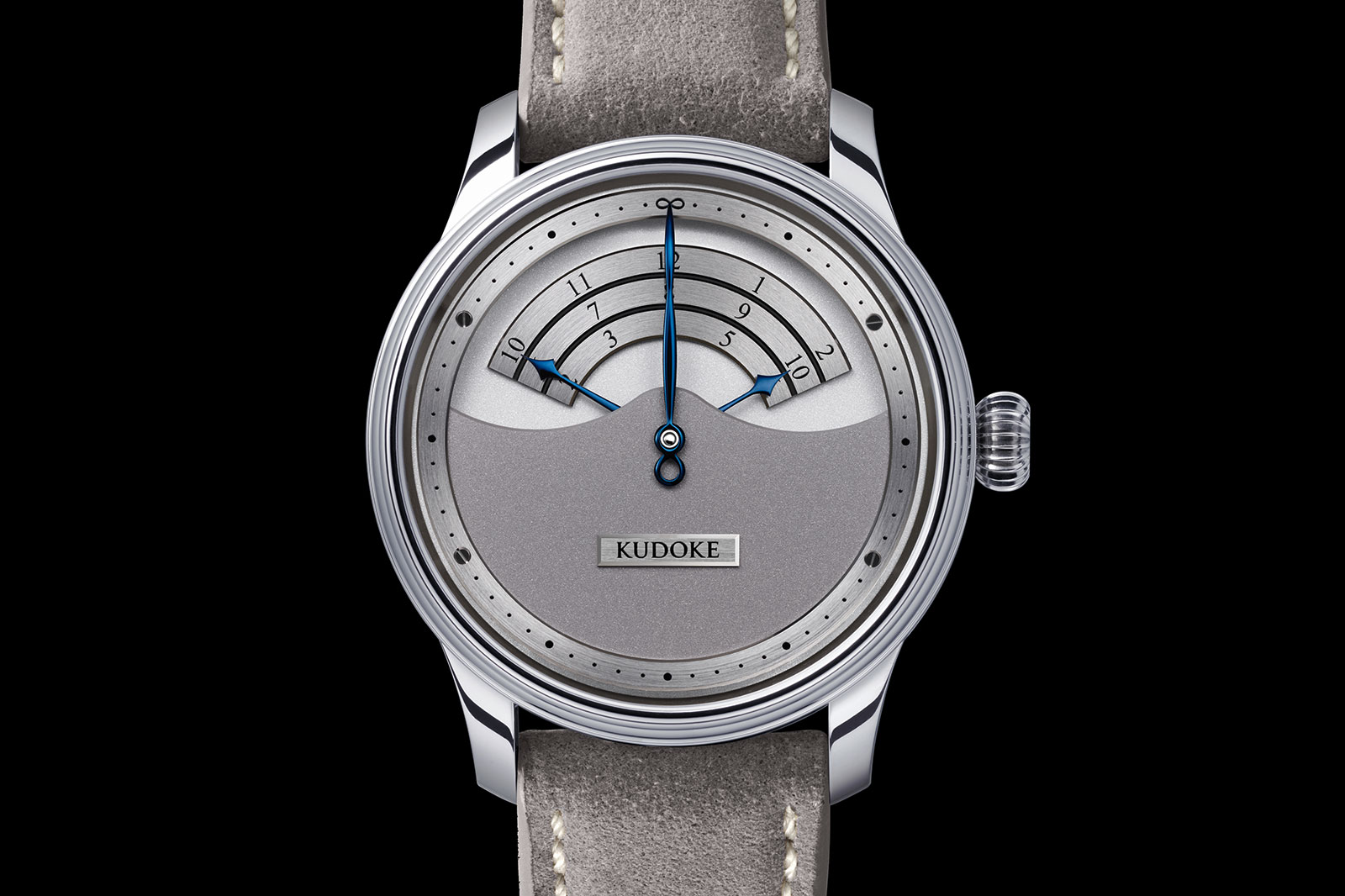
English-inspired, German-made
Like the earlier models in the Handwerk series, the Kudoke 3 sports a silvered and frosted dial with heat-blued hands – uncommon features at this price point.
Despite the split-level dial, the Kudoke 3 manages to stay relatively thin. At 10.3mm, it is actually a tad slimmer than the Kudoke 2.
An important part of the Kudoke value proposition is inside the case: the proprietary Kaliber 1 unveiled in 2018 that features a distinctive English-style, gilt-frosted full bridge, engraved balance cock, and heat-blued screws.
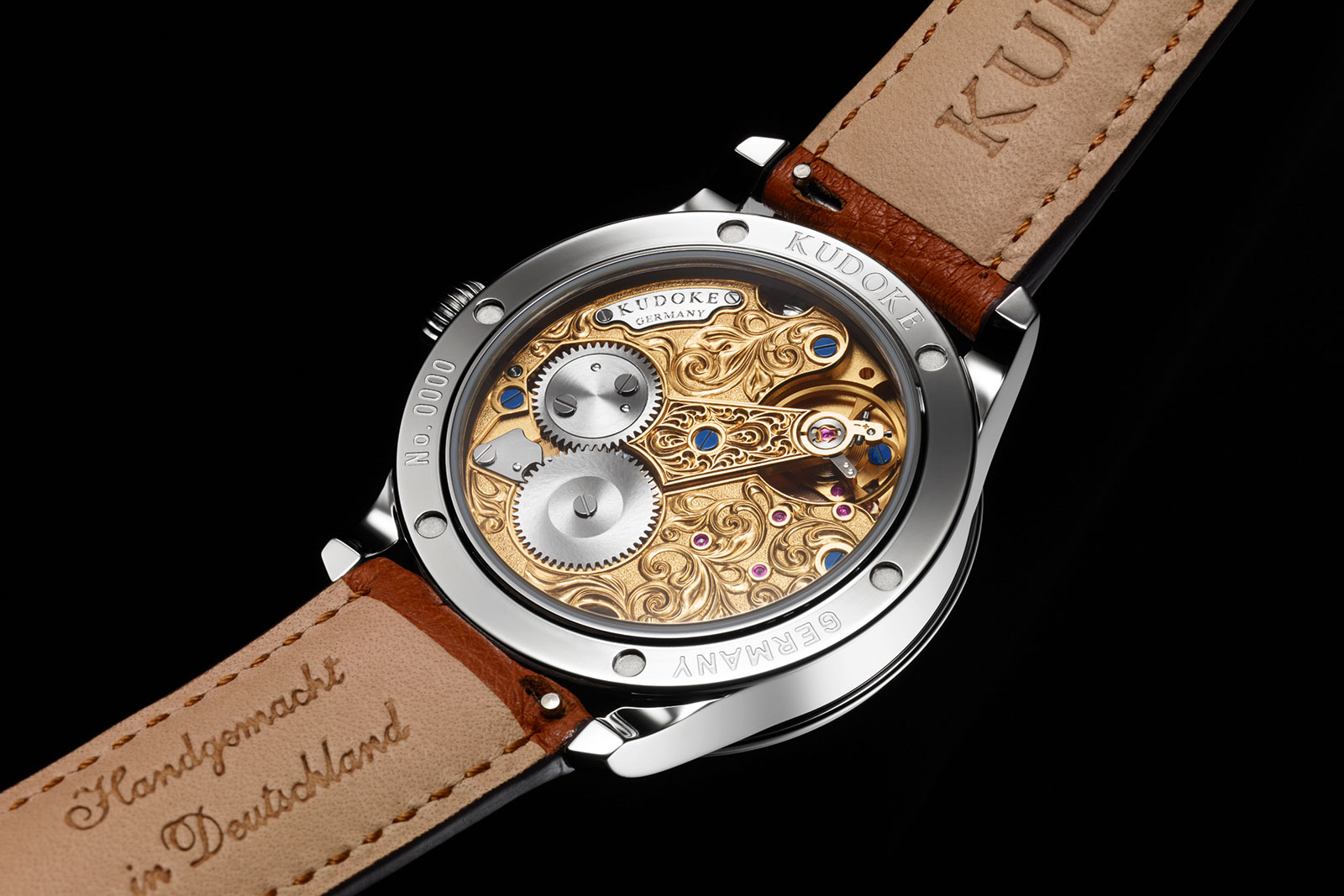
A fully engraved version of the Kaliber 1 that is available on request
Constructed with the help of Habring2, the movement is based on the Habring2 A11 (which in turn borrows from the gear train of the Valjoux 7750 for maximum reliability and serviceability). This is a pragmatic and customer-friendly approach to independent watchmaking that enables Kudoke to offer the kind of reliability that is usually found only in industrial-scale production – all the while ensuring affordability.
The hand-engraved balance cock, which is unusual at this price point, is decorated with an infinity symbol, a recurring emblem for the Handwerk collection. The symbol also forms the 60-minute marker on the dial and the counterweight of the minute hand.
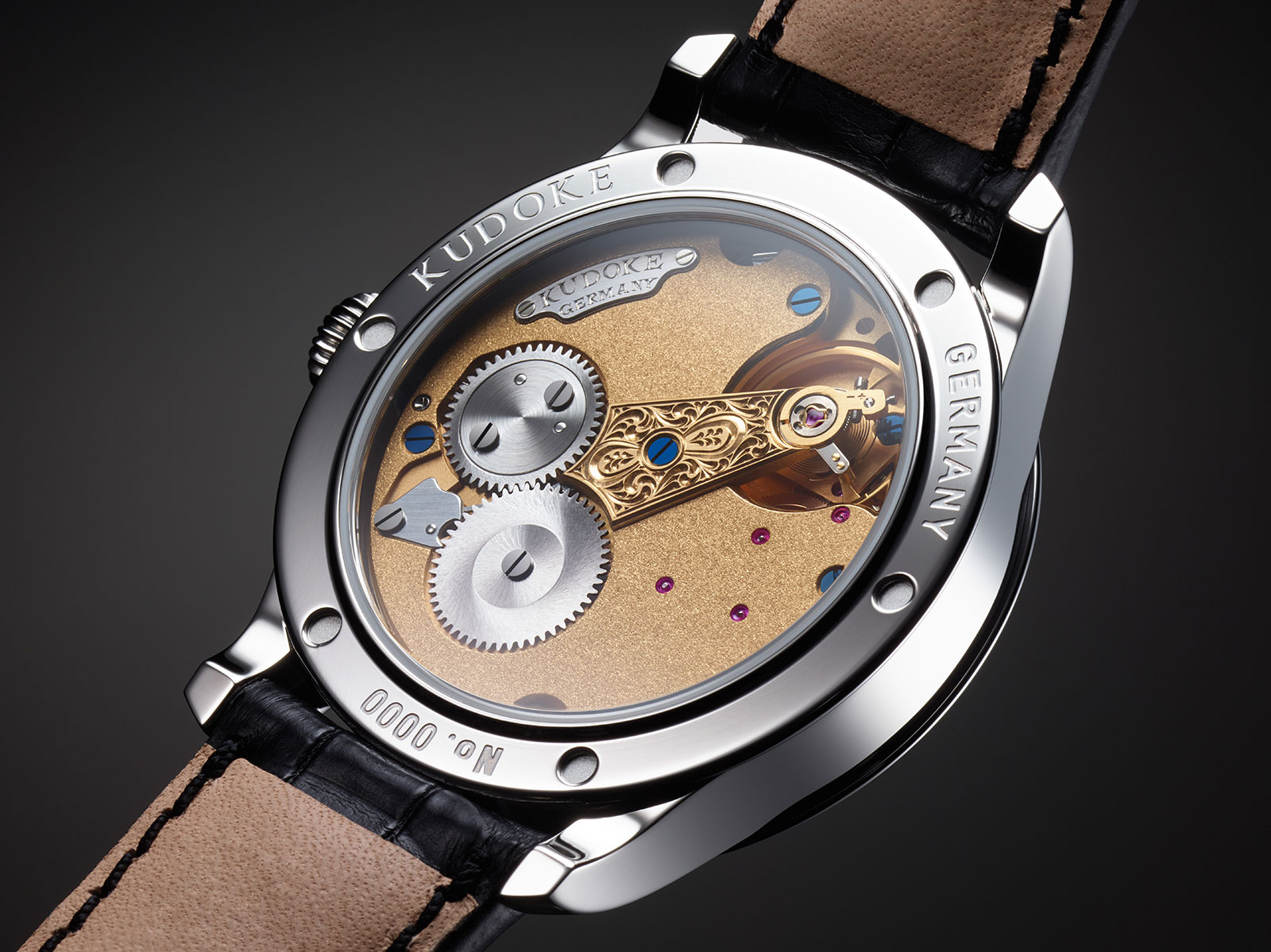
The Kaliber 1 in its standard guise
A new workshop
As a brand, Kudoke is small but growing, having first caught collectors’ attention in 2019 when the Kudoke 2 won the Petite Aiguille – the category for watches under CHF10,000 – at the 2019 Grand Prix d’Horlogerie de Genève (GPHG)
This success was followed by the Kudoke 2 “Zodiac”, a 21-piece limited edition created to mark the 10th anniversary of SJX Watches. Fully engraved by hand front-and-back, the Zodiac was nominated for the Artistic Crafts prize in 2022.
Naturally, these high-profile successes have led to increased demand. In response, Kudoke now employee five people and is preparing to move into a new facility later this year.
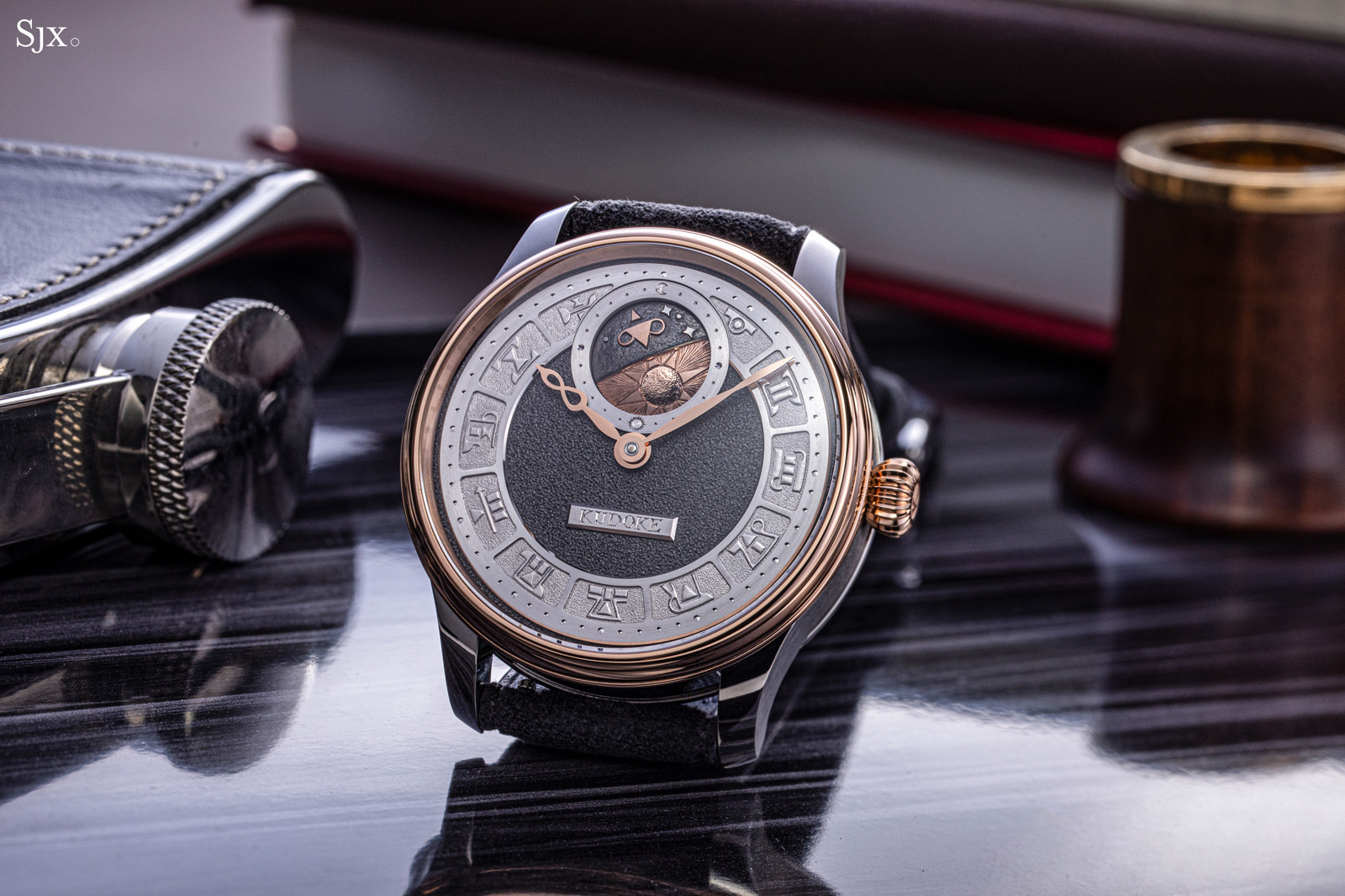
The Zodiac
Key facts and price
Kudoke 3
Ref. KUD3
Diameter: 39 mm
Height: 10.3mm
Material: Stainless steel
Water resistance: 50 m
Movement: Kaliber 1
Functions: Hours and minutes
Frequency: 28,800 beats per hour (4 Hz)
Winding: Hand-wound
Power reserve: 46 hours
Strap: Louisiana alligator or Alcantara
Availability: Direct from Kudoke
Price: Starting from €9,350 in steel, excluding taxes
For more, visit Kudoke.eu.
Back to top.

